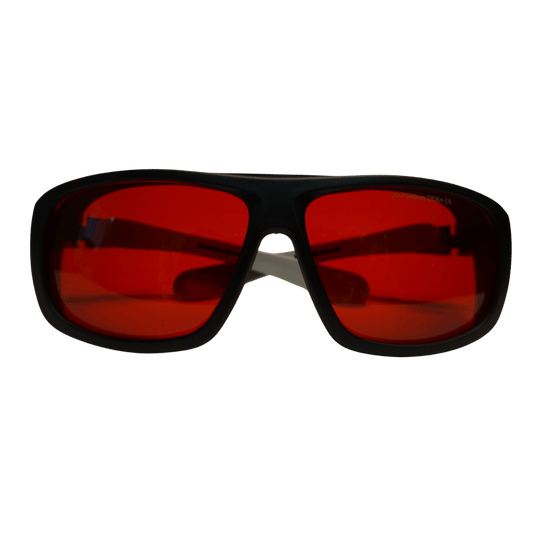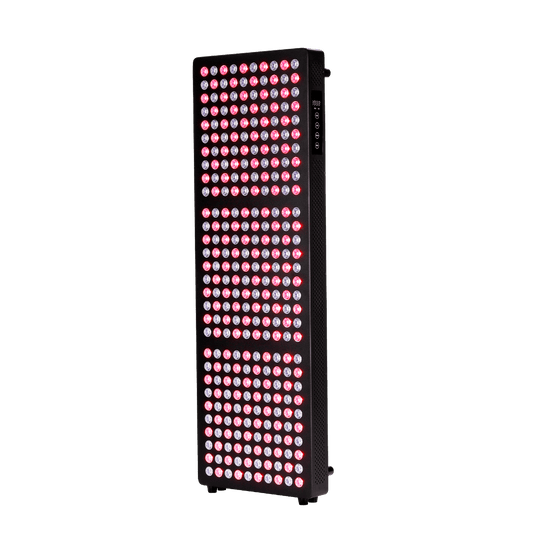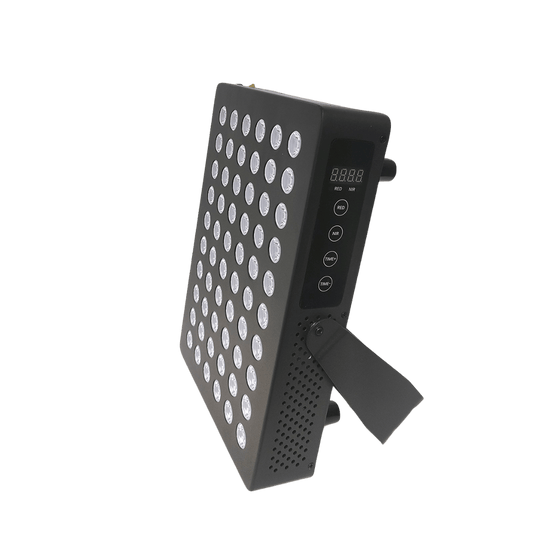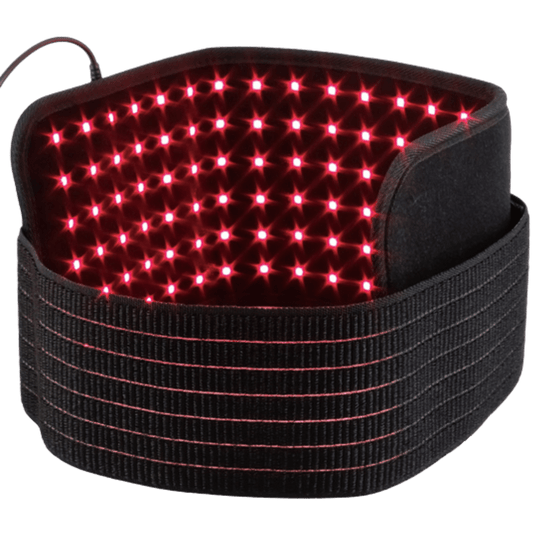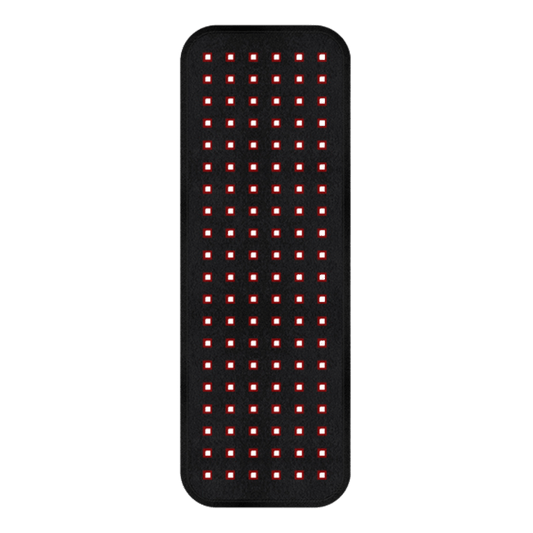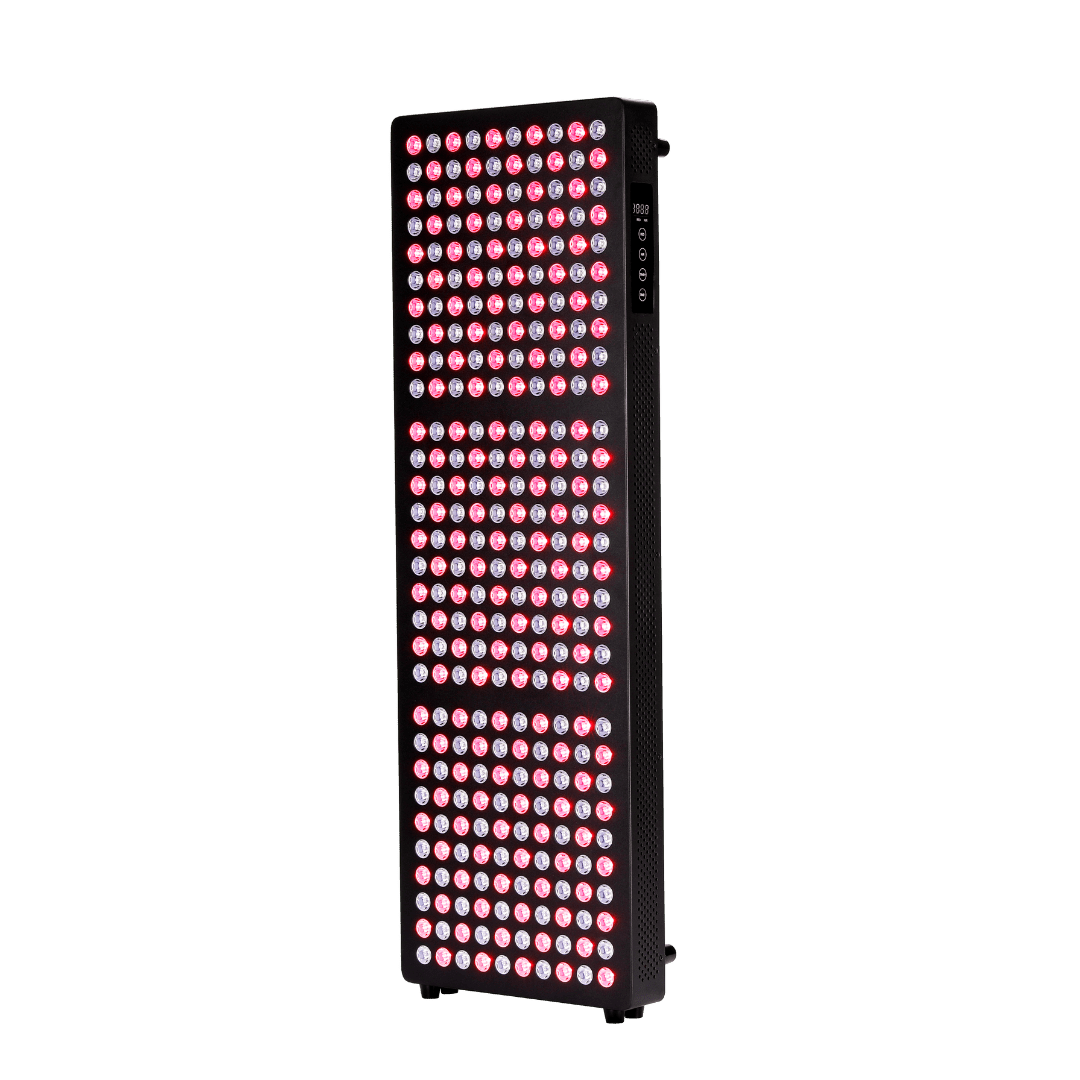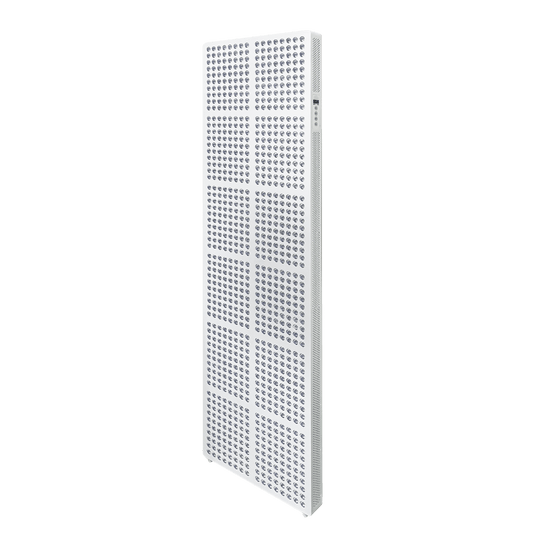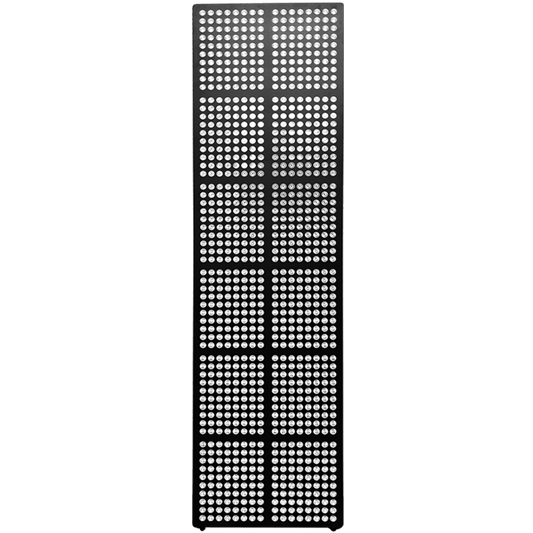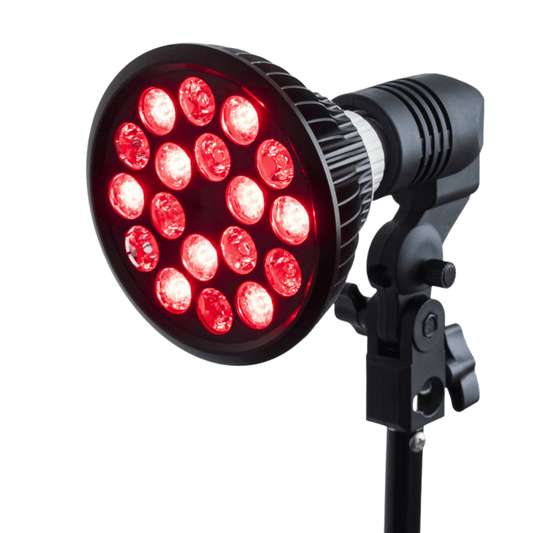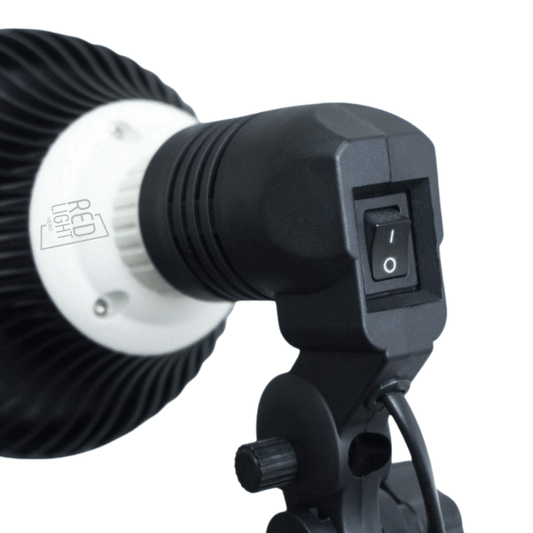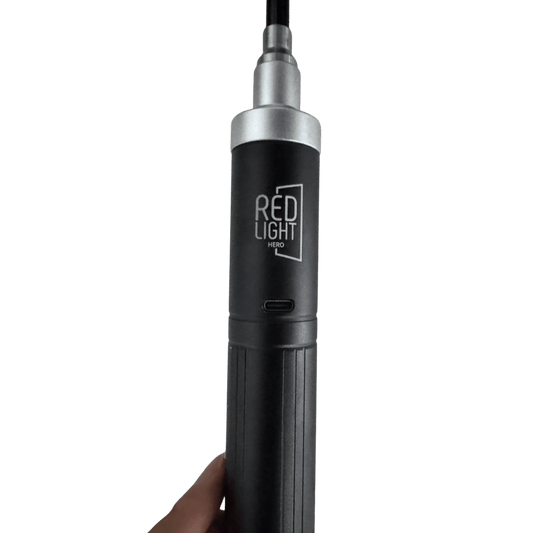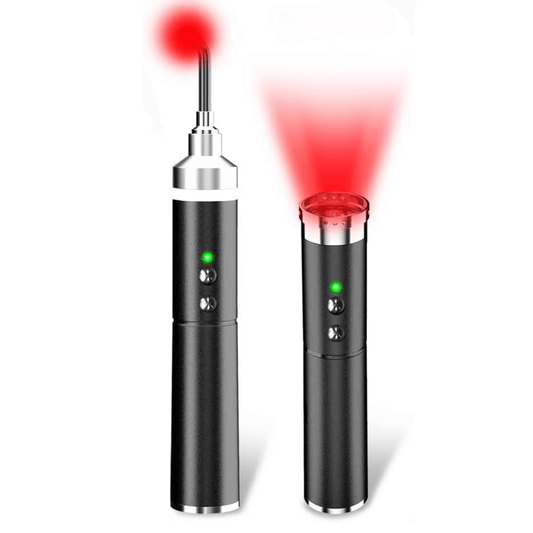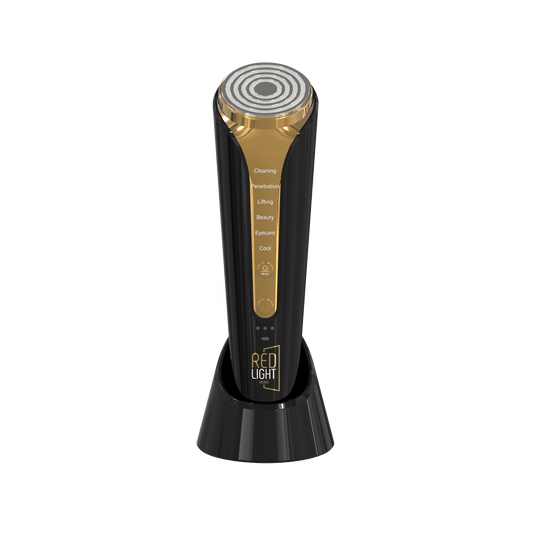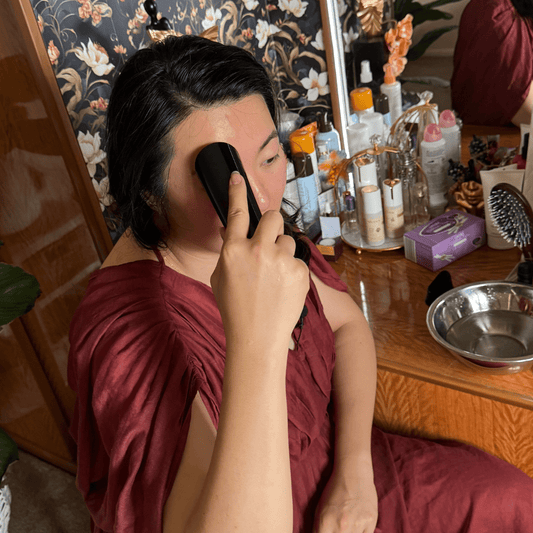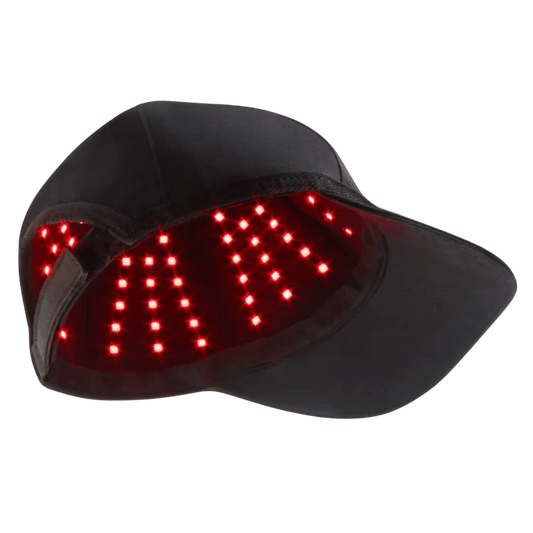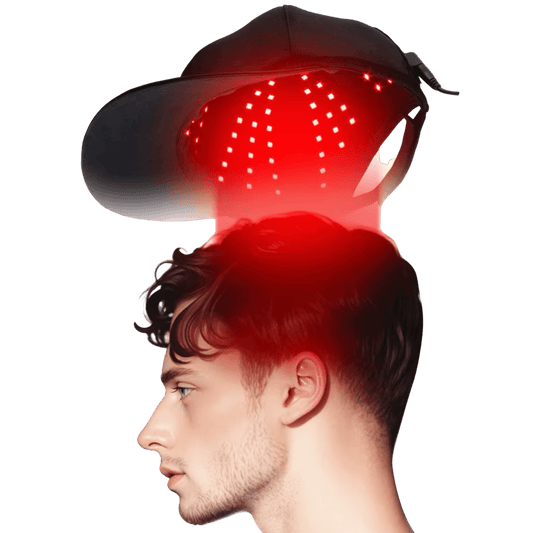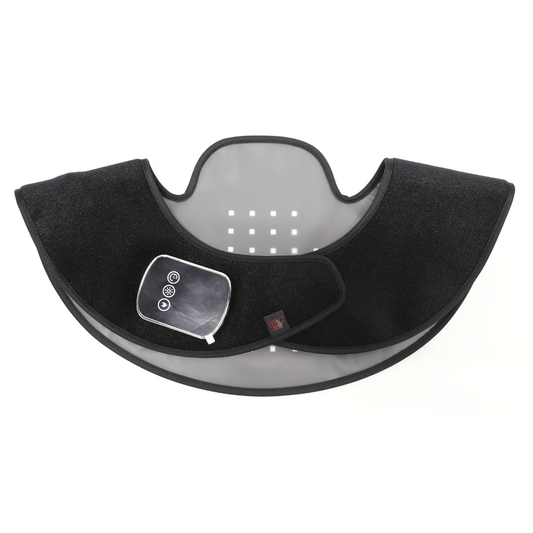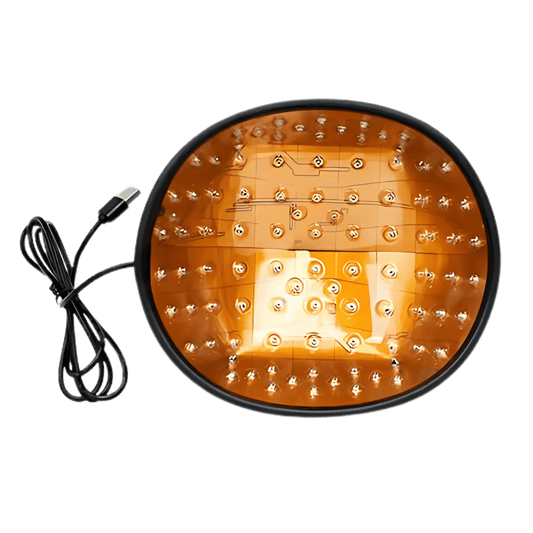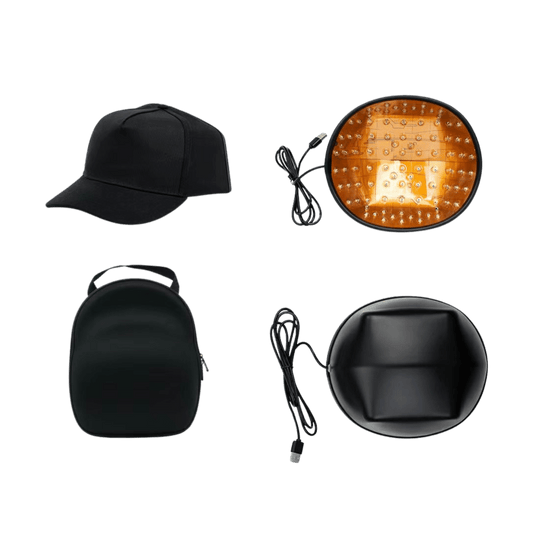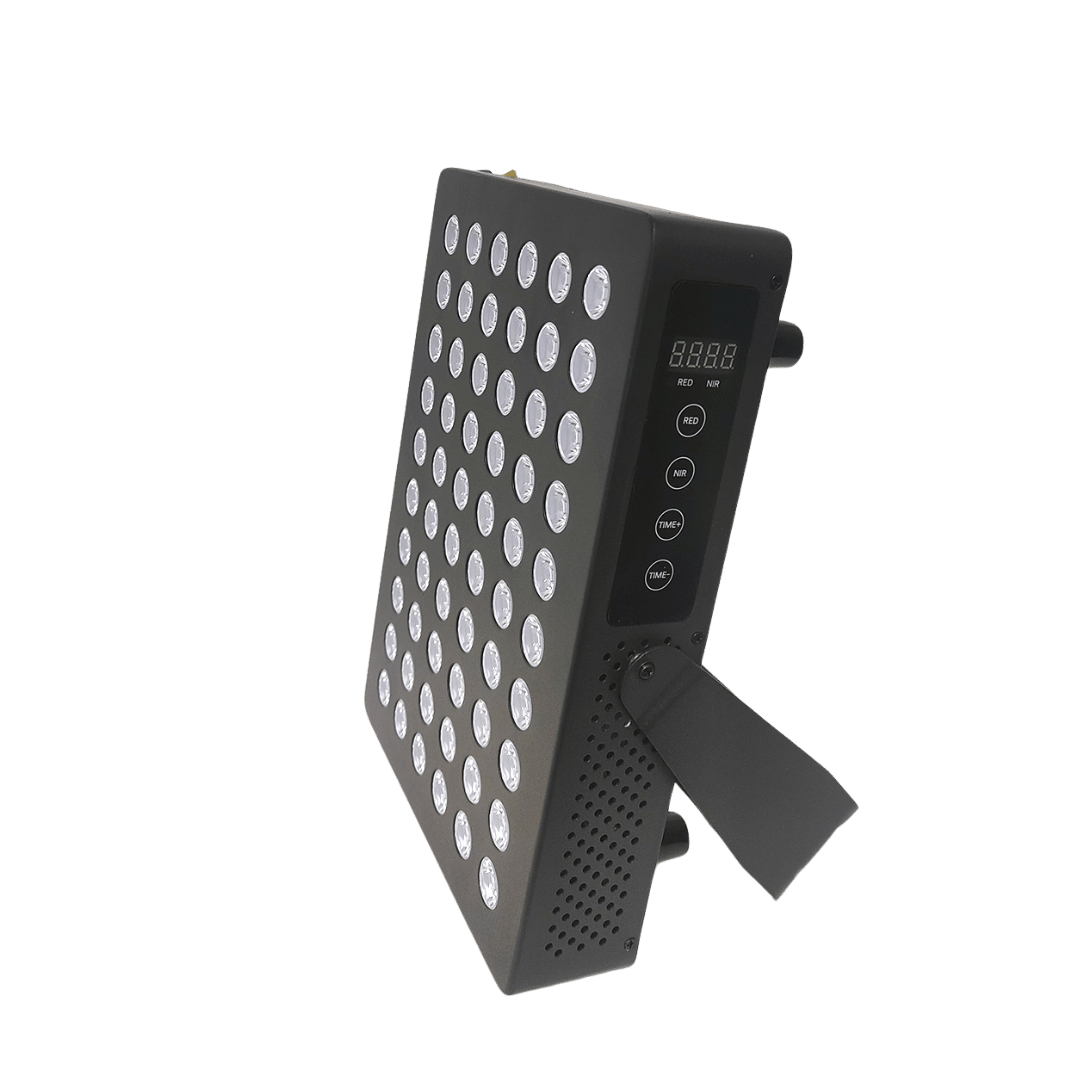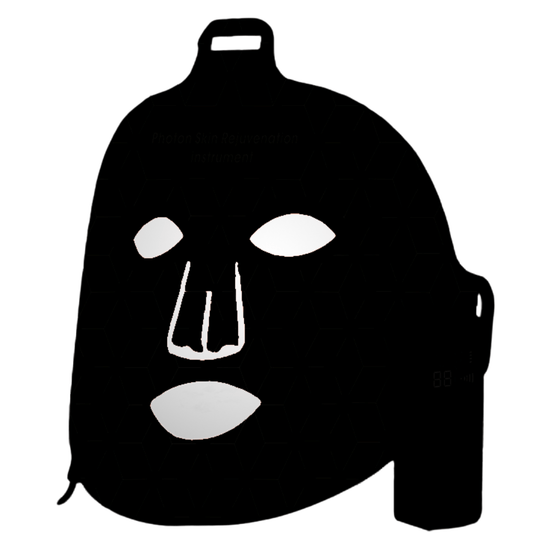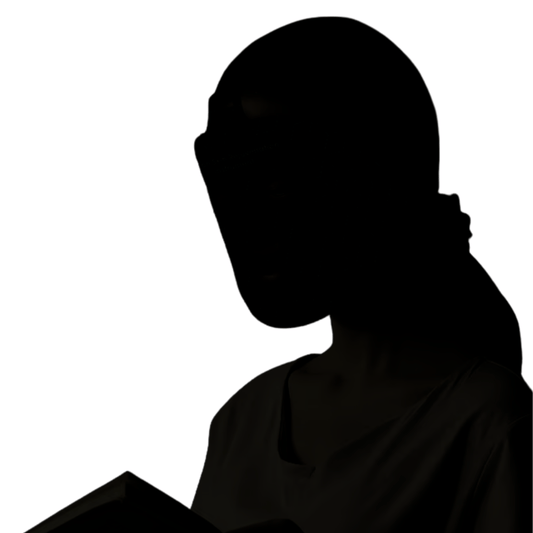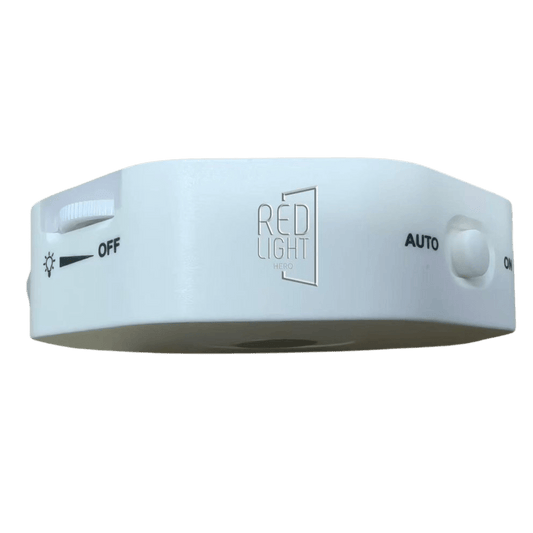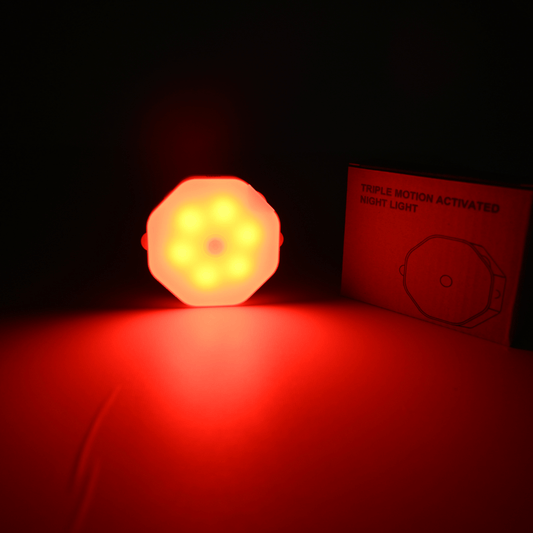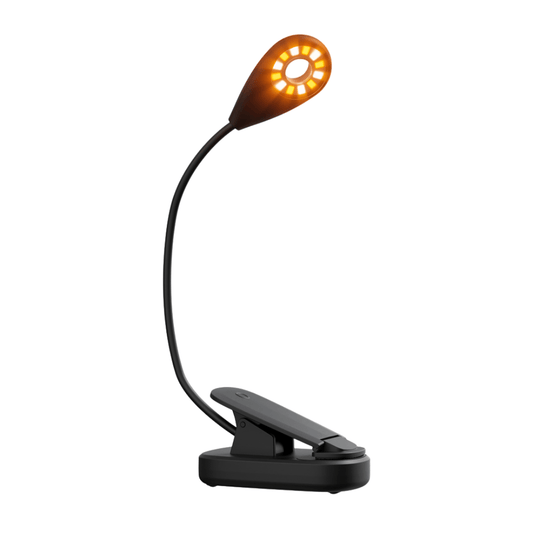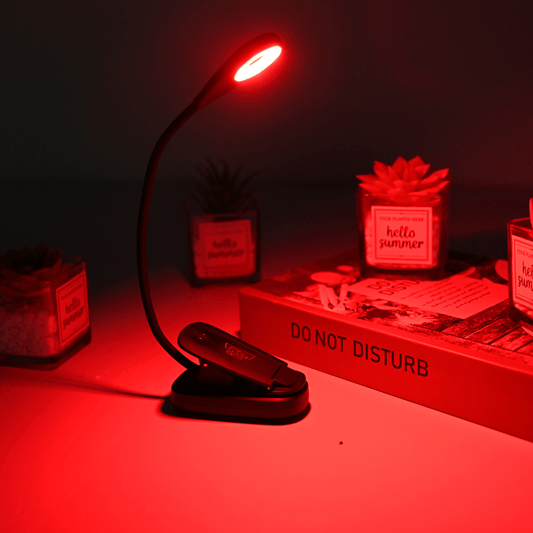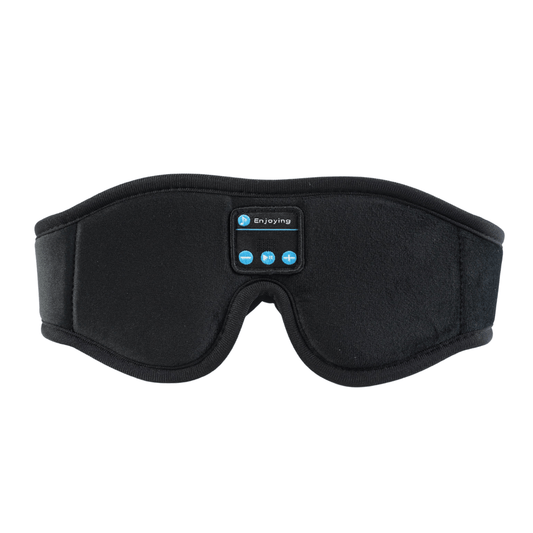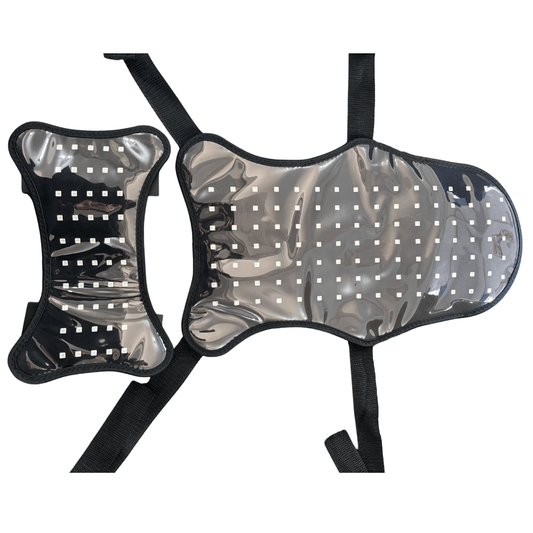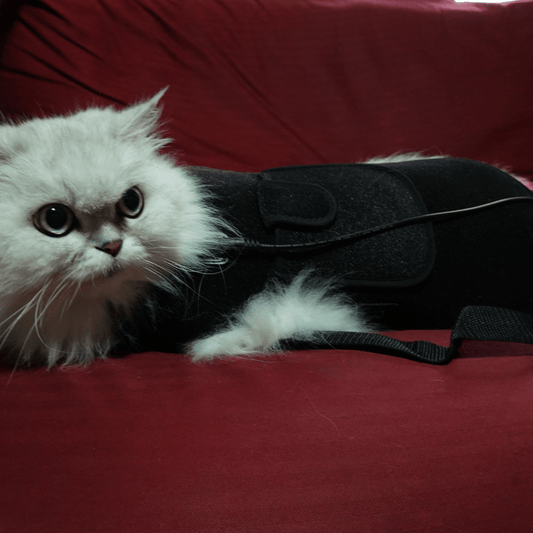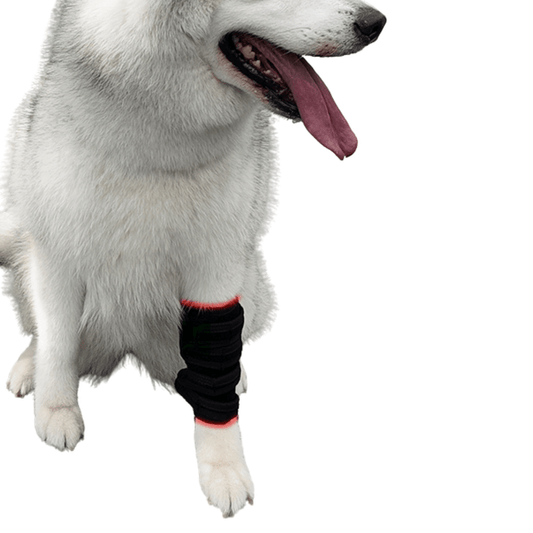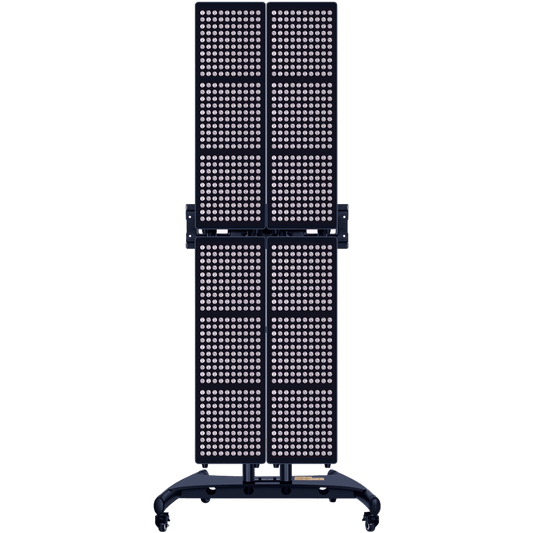
Welcome to our biggest sale ever
- All products are on sale
- Use the code BLACKFRIDAY20 for an extra 20% off already-marked down prices
- Total discounts up to 70% off
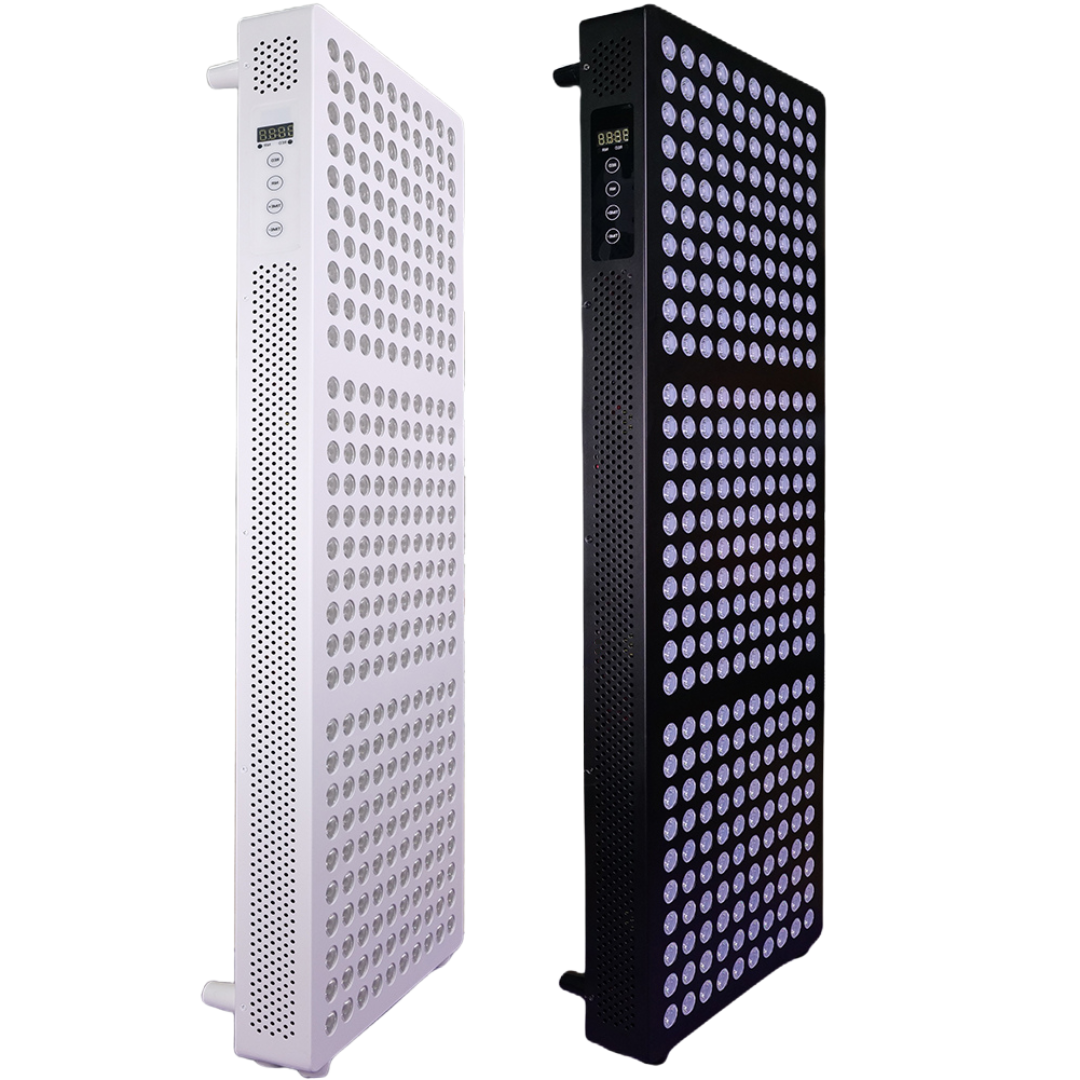
Backed by Science³, Built for Self-Care
Research-informed designs, global safety and quality certifications, passionate and personalised support
What our customers say
Shop our best sellers
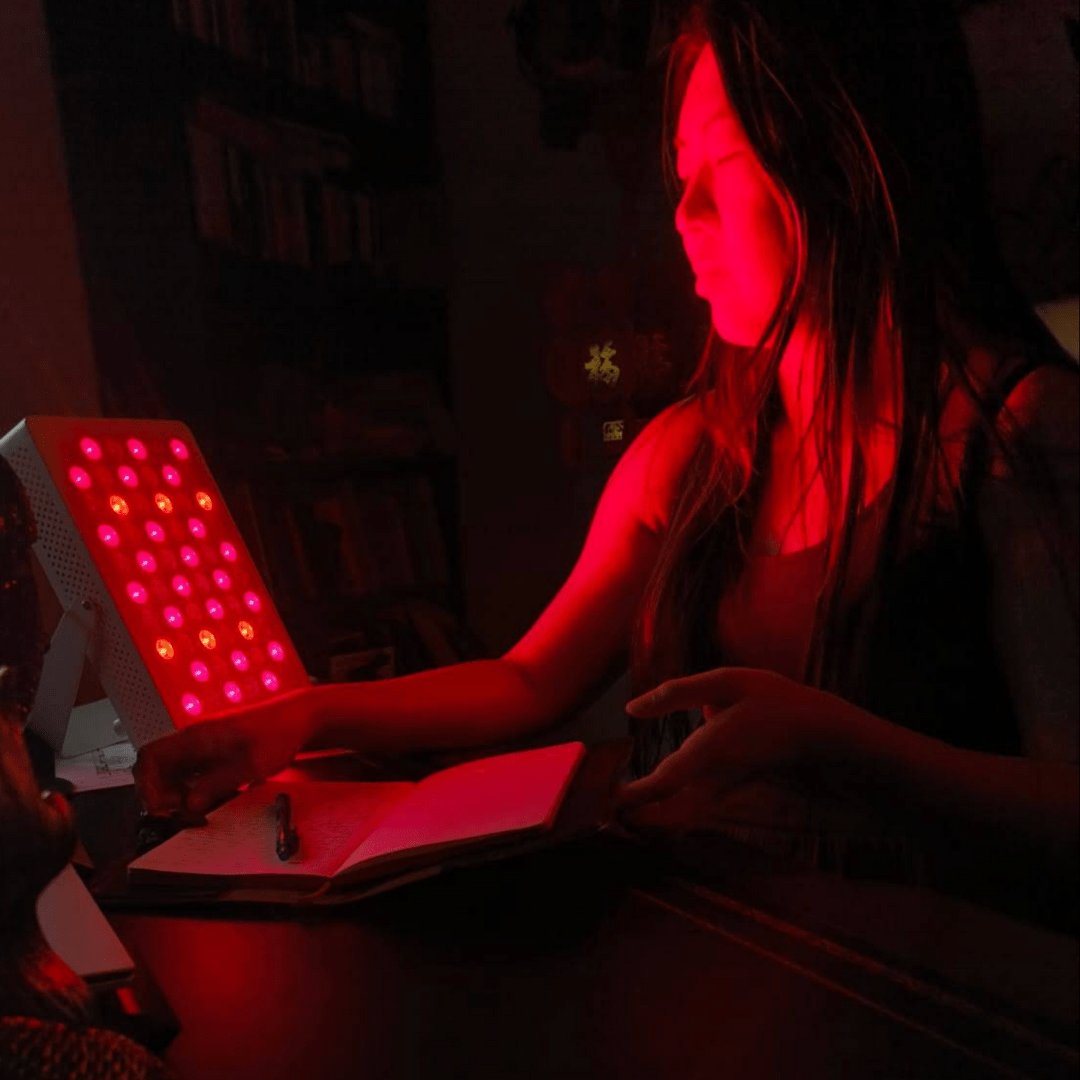
Our products use clinically proven wavelengths associated with³:
- Sleep quality
- Pain and inflammation
- Muscle mass and recovery
- Collagen production, skin and wrinkles
- Hair growth
- Neural function, depression and brain diseases
- ATP production and mitochondria function
- Injuries and wounds
- Eyesight
See the studies for yourself by clicking the links above.
Shop by category
-

Panels & Stands
Our Hero Series red light therapy panels and stands
-

Direct on Skin Devices
Our Hero Series direct on skin red light therapy devices
-

Red Light Therapy Face Masks
Our Hero Series red light therapy masks
-

General Self-Care
Hero Series non-red light therapy self care tools
Need help choosing a device?
Red Light Hero
Hero300™ Red Light Therapy Panel
Treat half your body at once
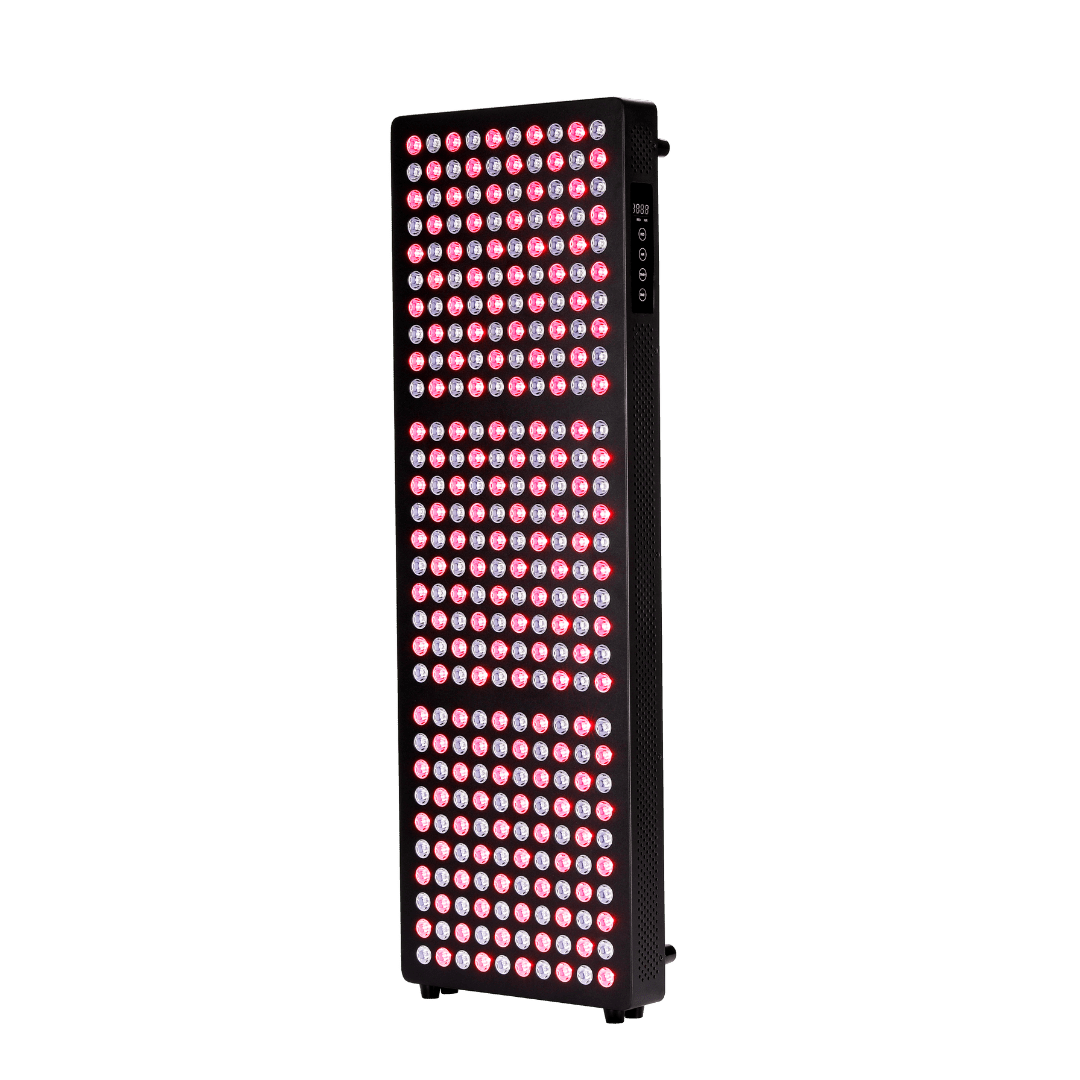

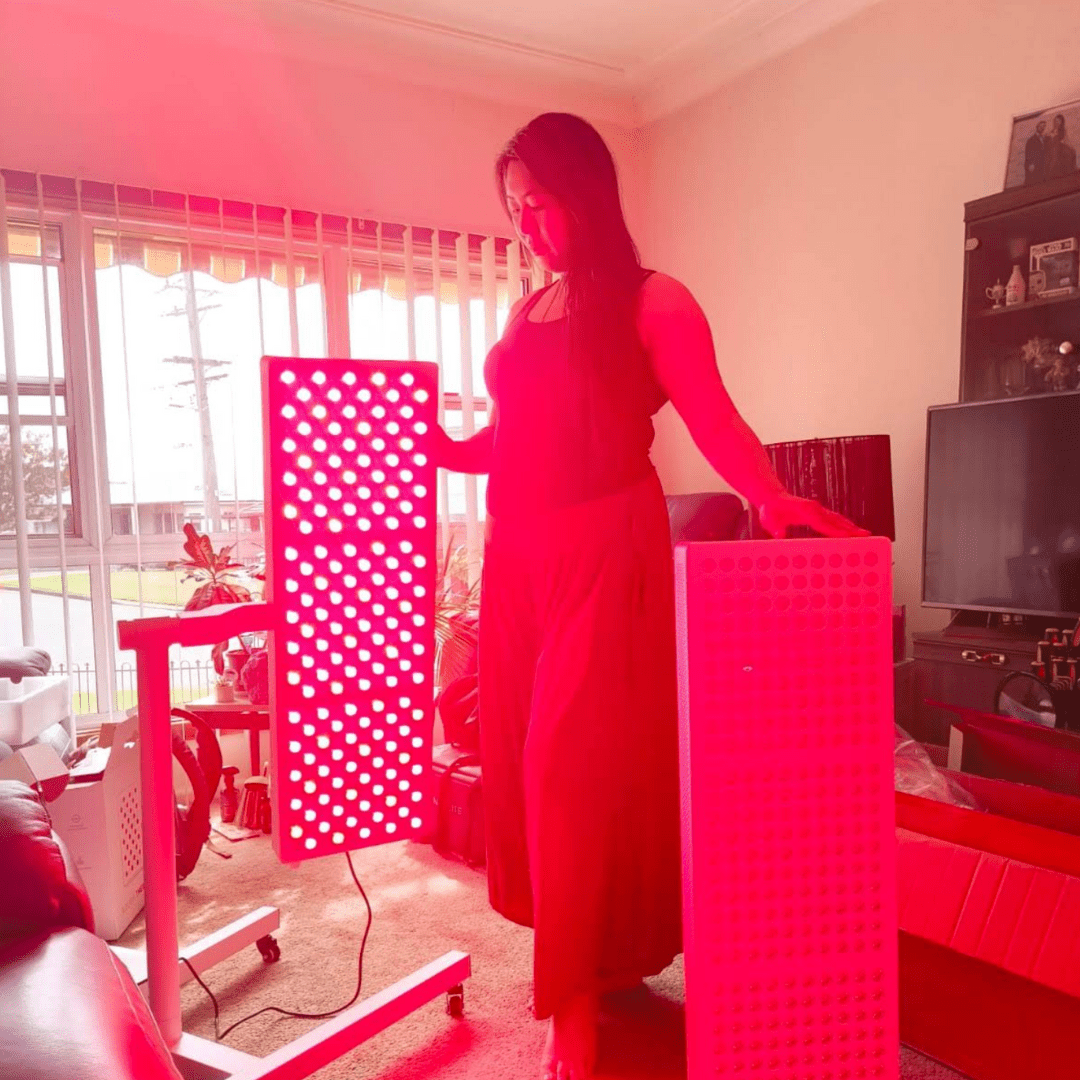
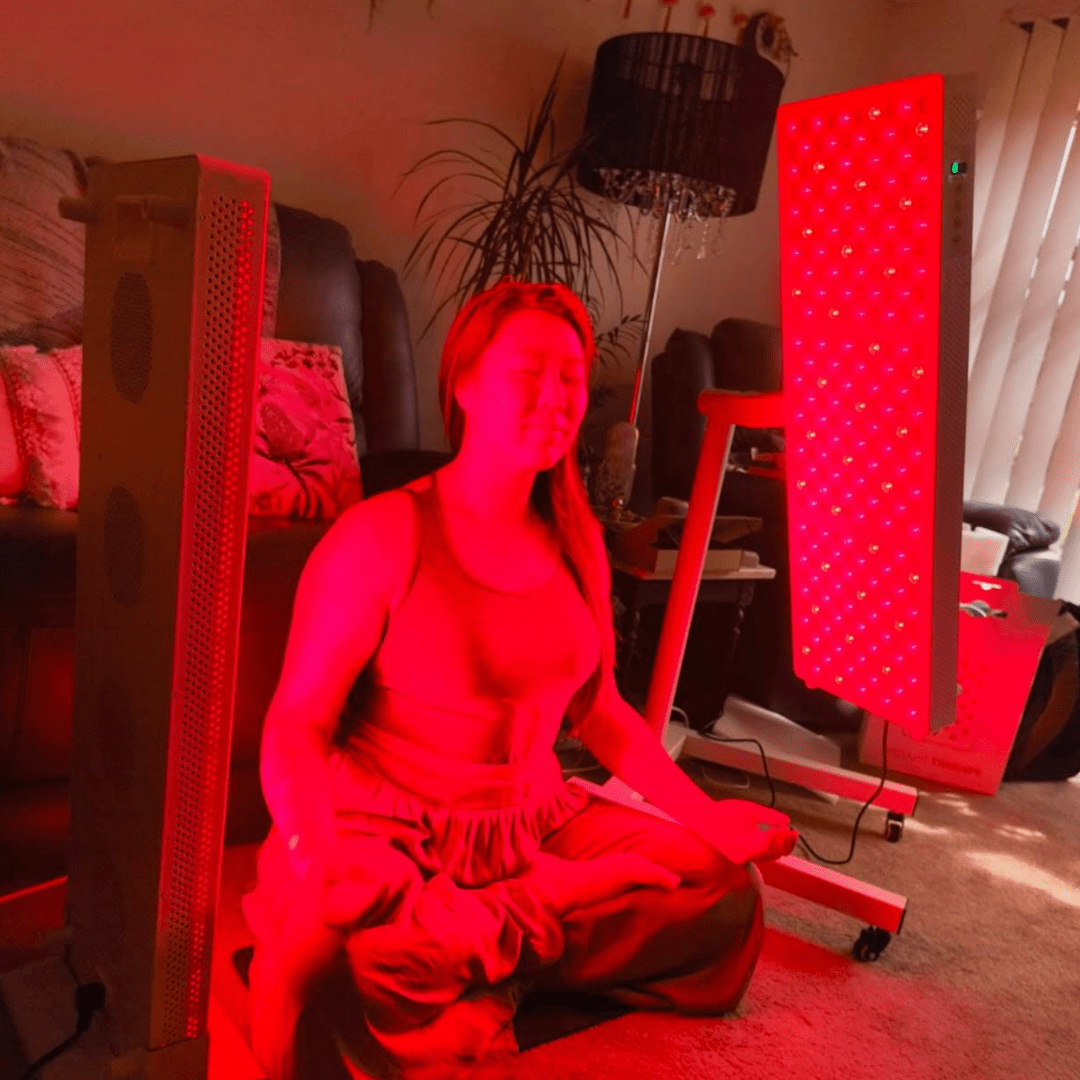
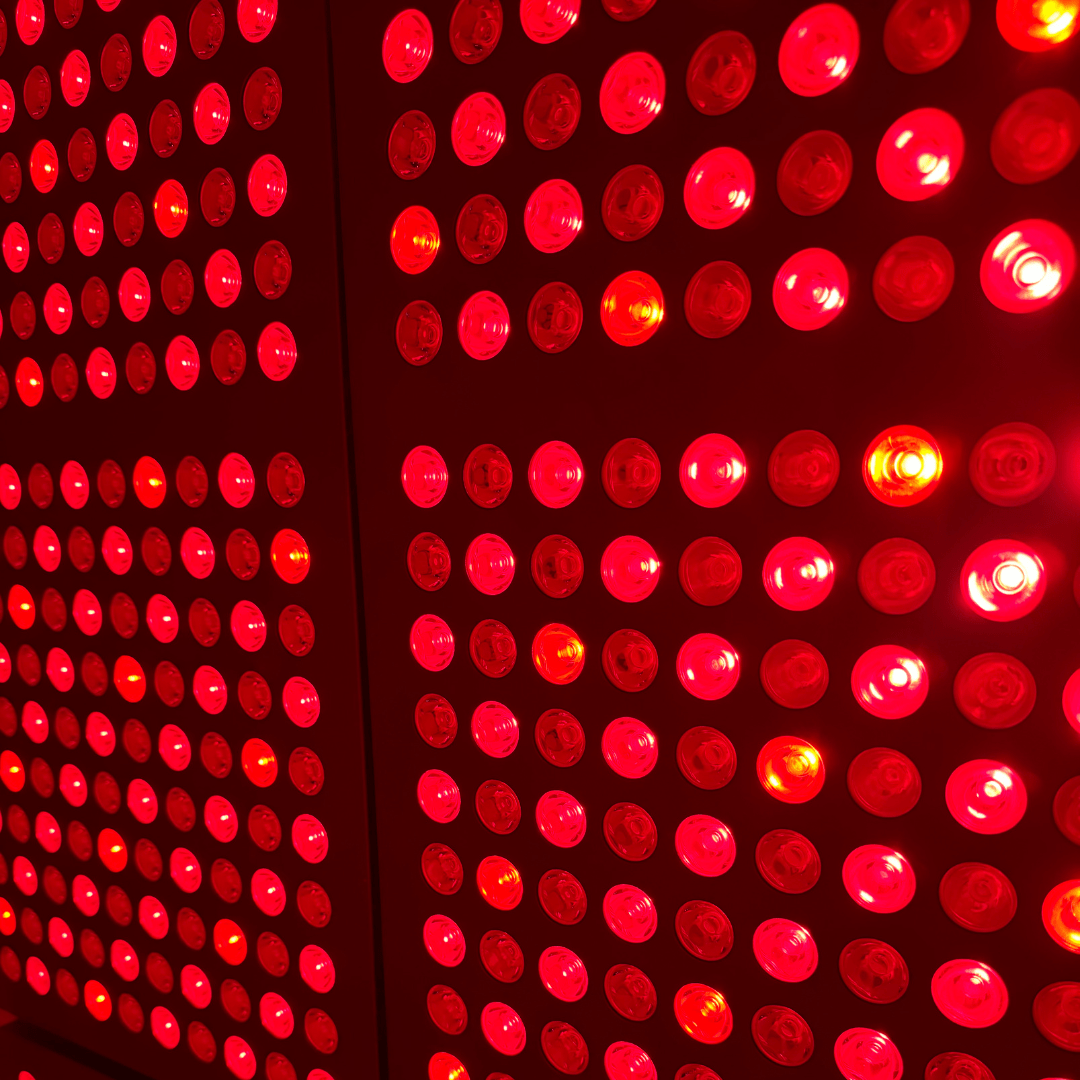
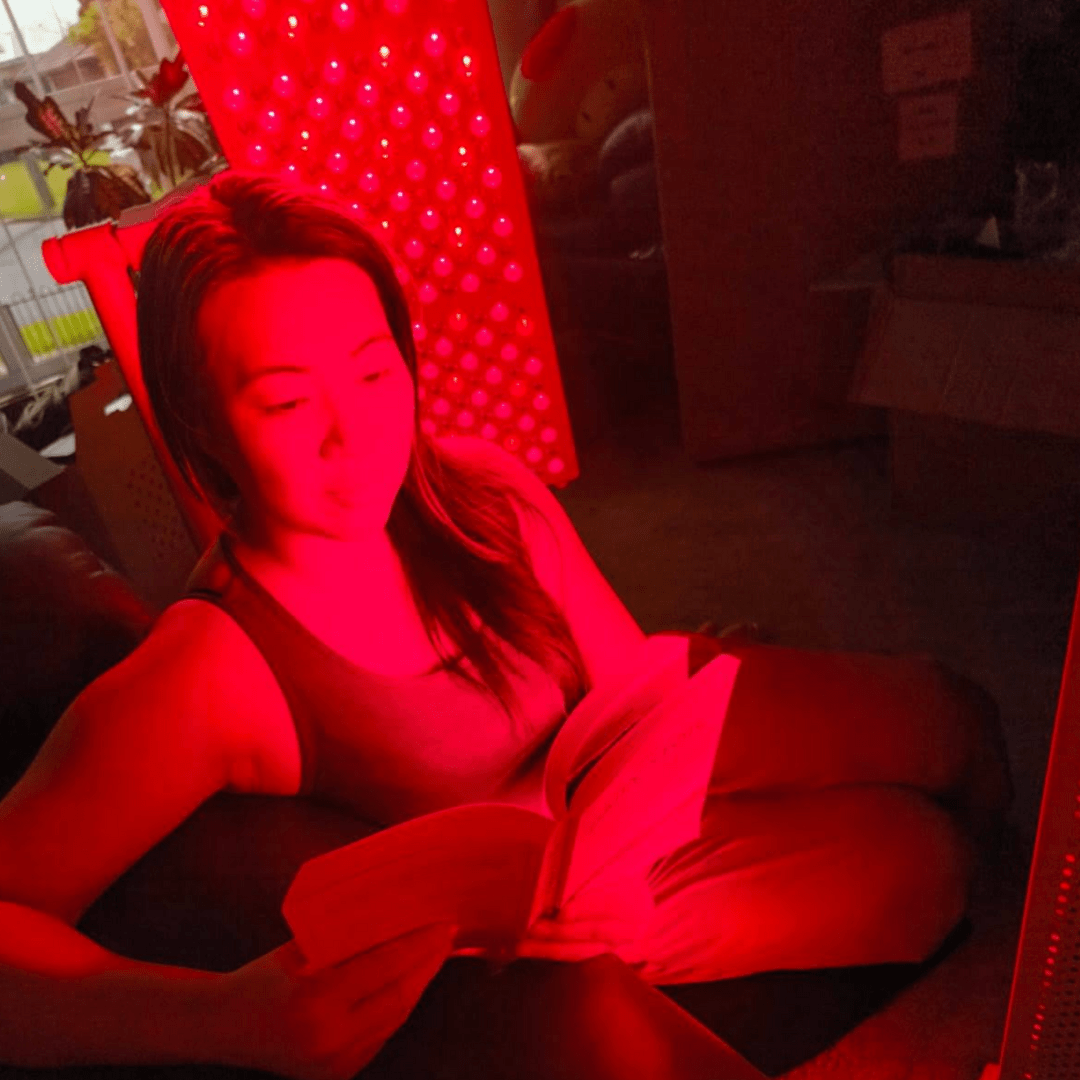

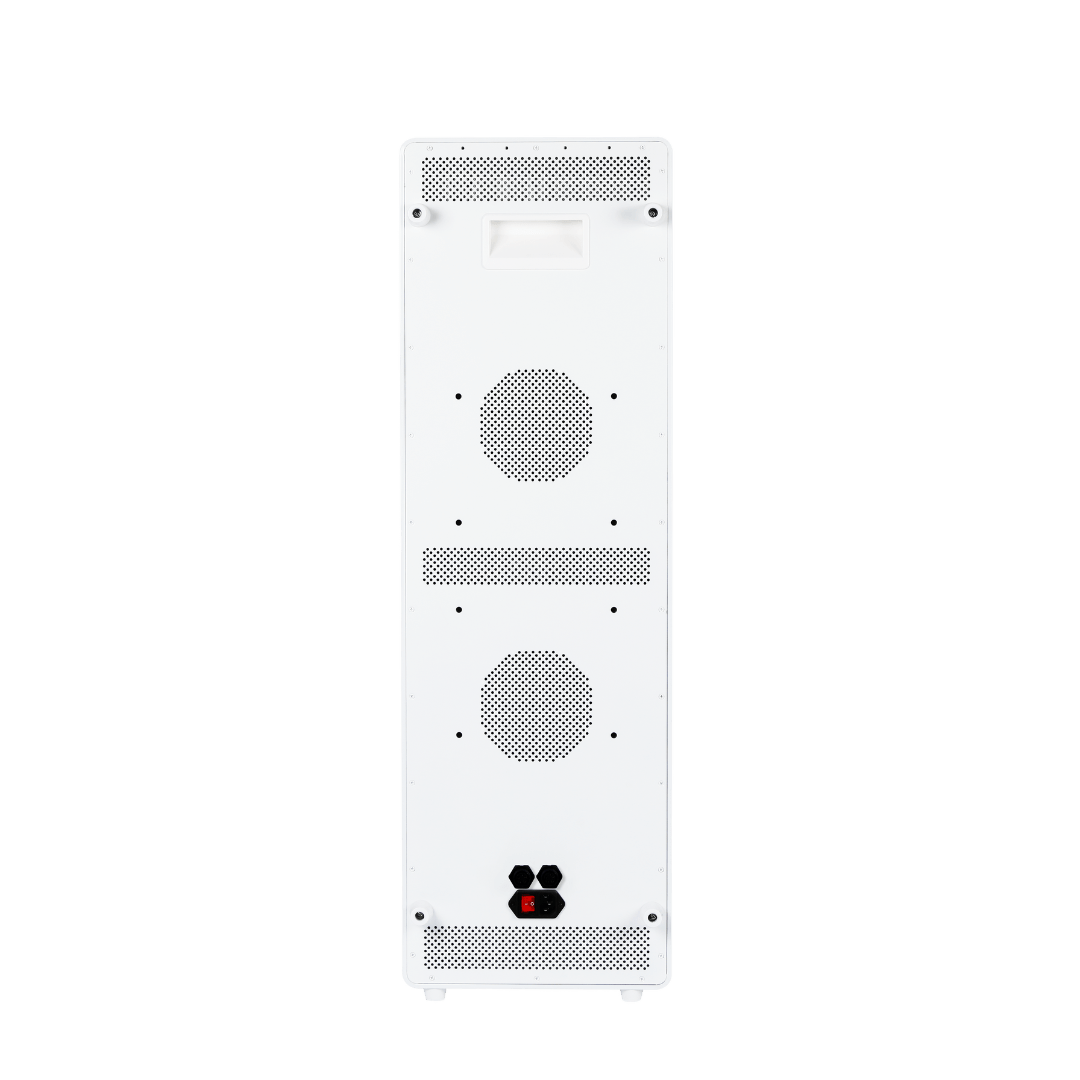
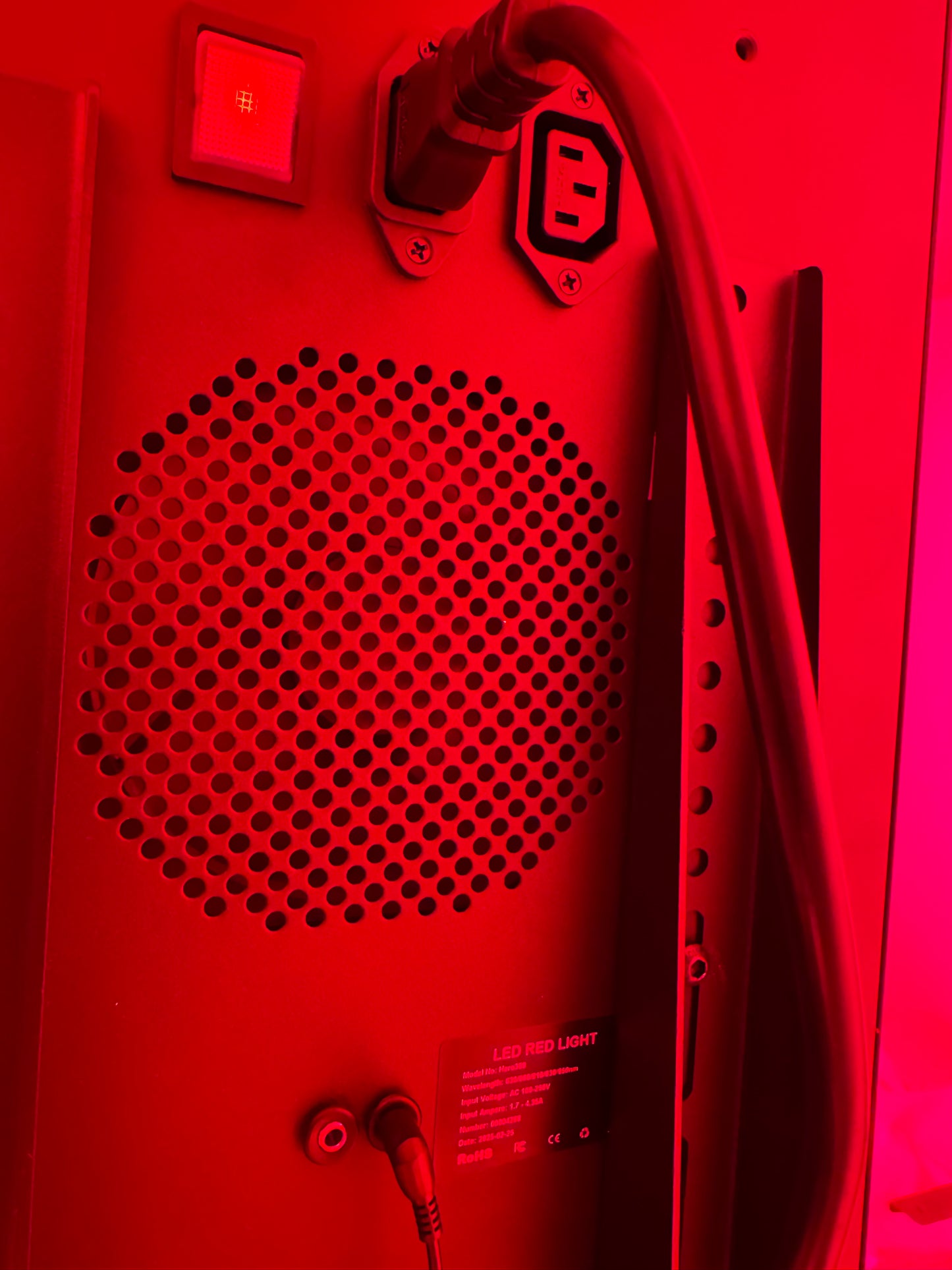



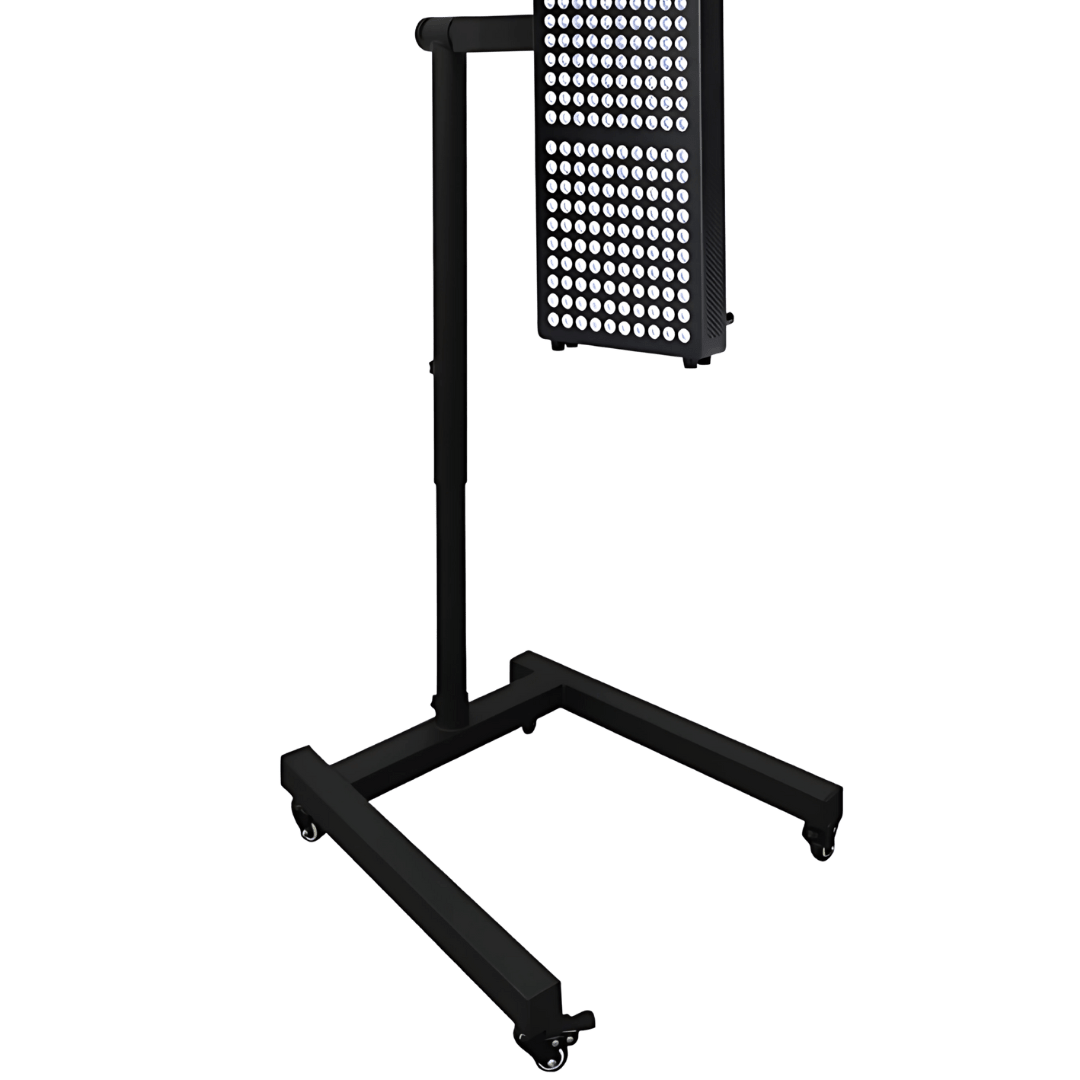
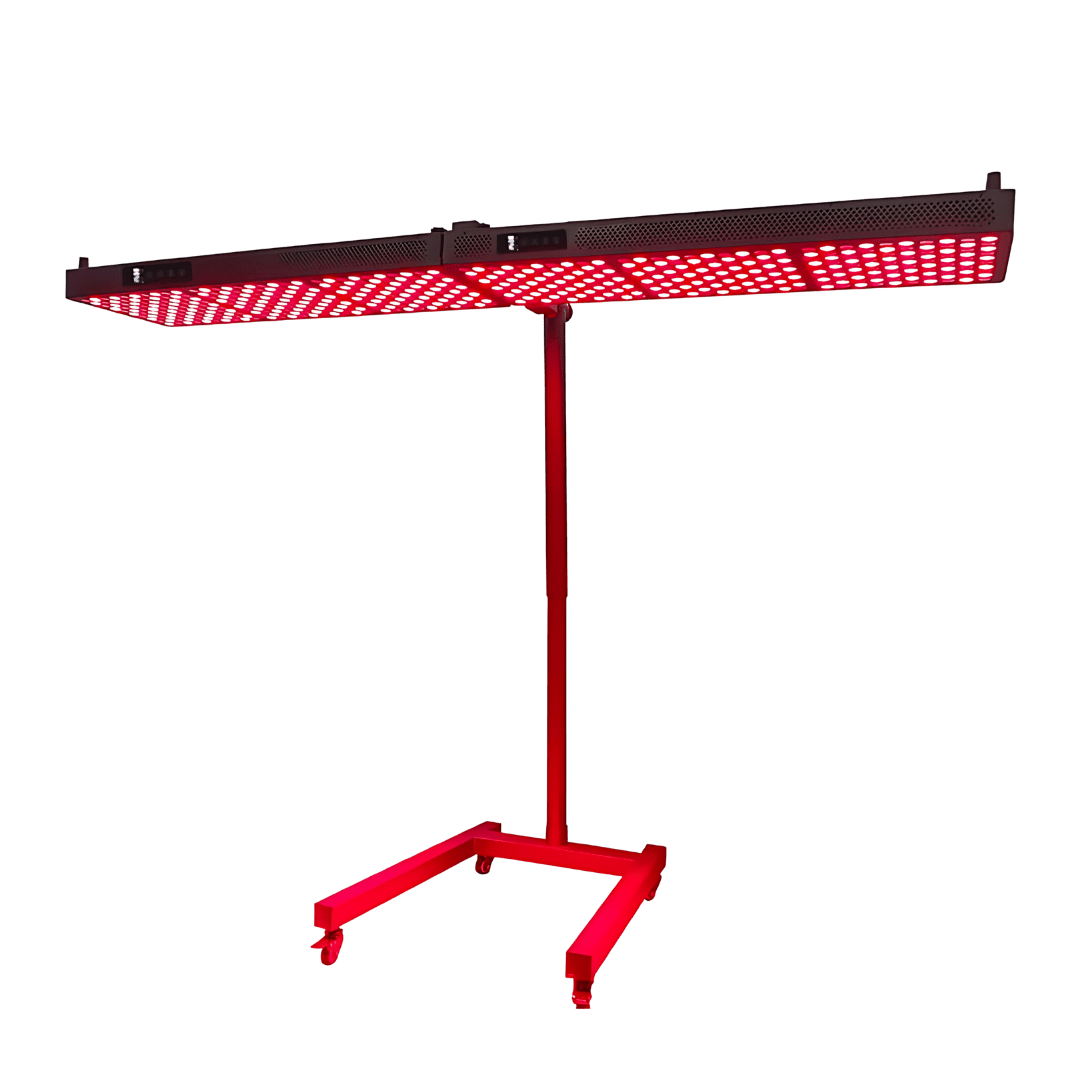
Curious about how to do RLT?
Explore our guide for both panels and direct on skin devices
The Red Light Hero Difference
-
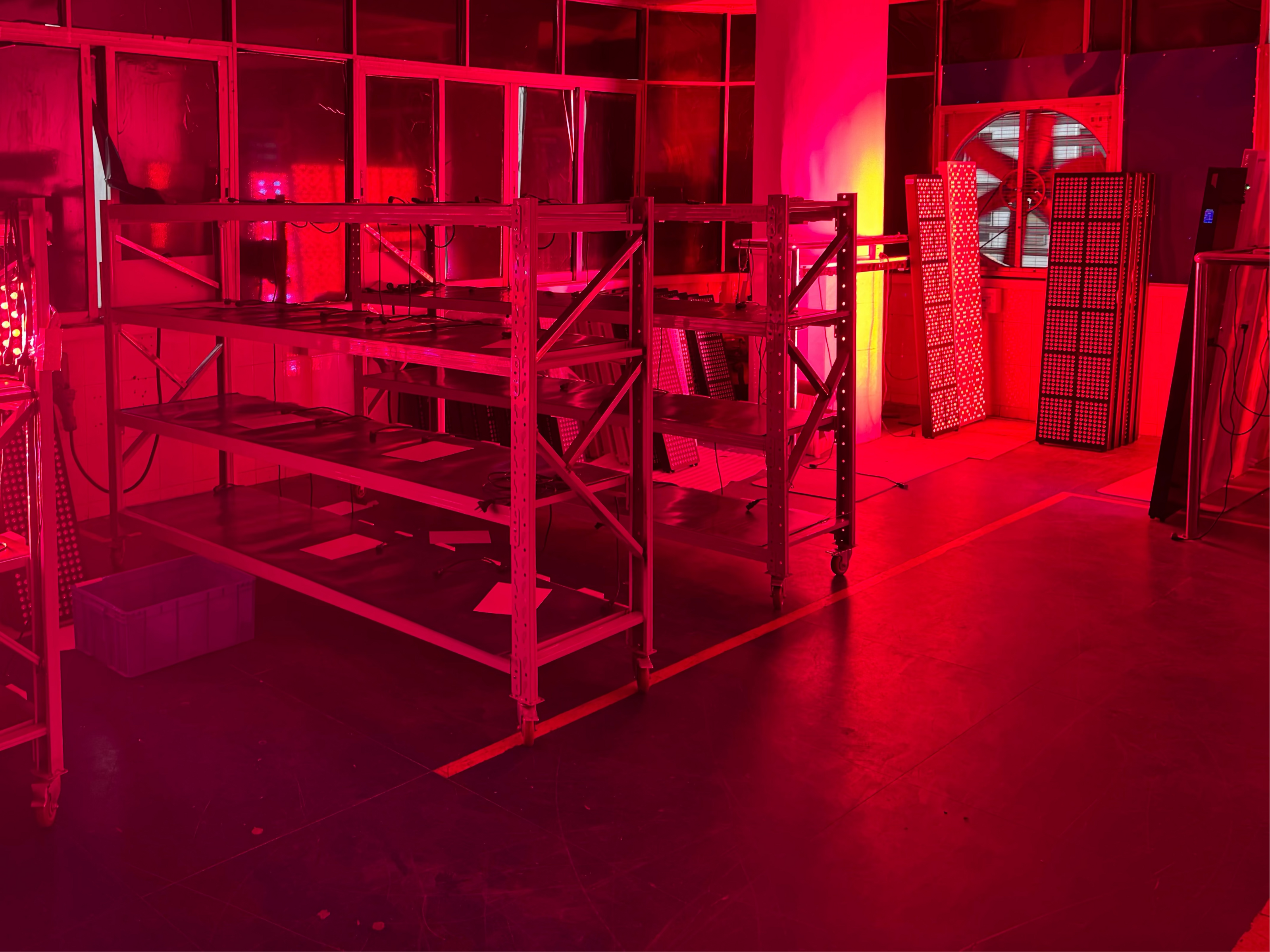
Certifications
View certifications for each productOur products have global safety and quality certifications. These vary from product to product and include CE (EU), FCC (USA), RoHS (several regions), JAS-ANZ (Australia and New Zealand) and FDA (USA).
-

Factory Inspections
View photos from our factory visitsWe visit the factories manufacturing our Hero Series range. This allows us to see how they are made and ensure the work environments are clean and safe. Certifications vary between factories and include TÜV, SGS and BSCI.
-
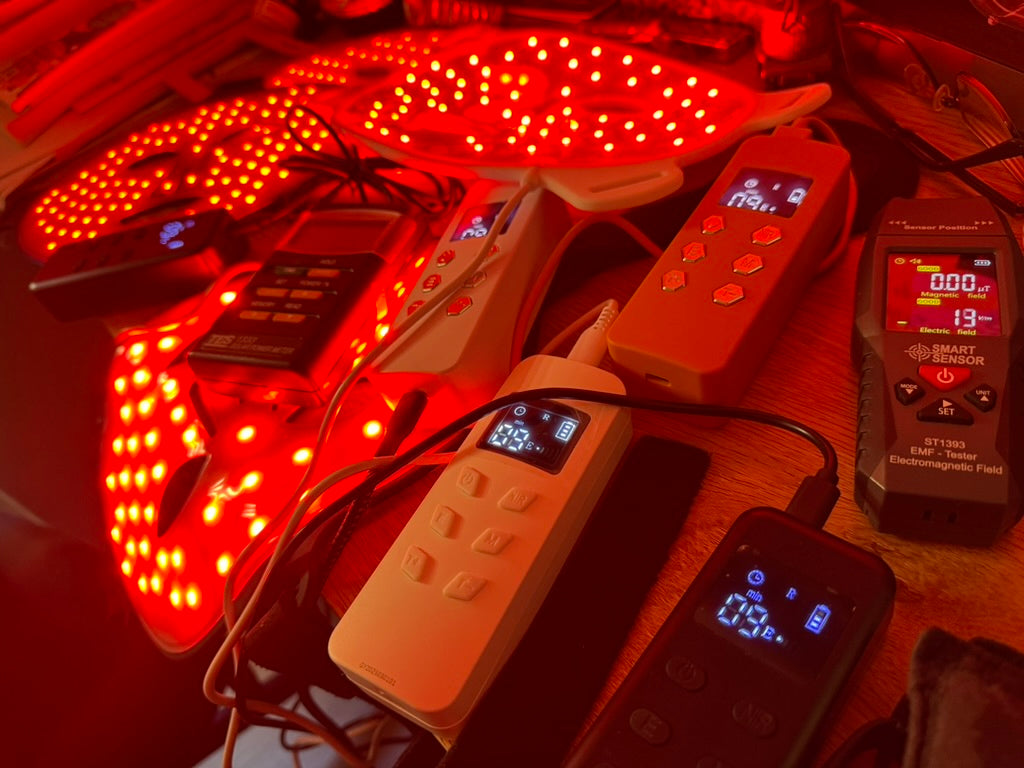
Sample Testing
View sample testing photosWe personally test product samples to ensure they meet our standards. This includes using spectrometers, solar meters and EMF readers to check wavelength variation, irradiance and EMF levels in our devices.
-
Intelligent Specifications
Read the researchWe put the money where it matters: High irradiance, proven wavelengths³, durable materials, long-life LEDs, ultra-low EMF, and global safety certifications.
-
No Apps
Watch the Hero300 walkthrough videoOur panels include a remote control that replaces the need for an app - saving you money, letting you disconnect during therapy, and avoiding the pitfalls of "smart devices" that stop working when brands drop support.
-
Reasonable Margins
See our competitor comparison pageMost companies try to squeeze the most out of each customer. We take a different approach; keeping prices fair to make this powerful technology accessible to more people.
Red Light Hero
Hero60™ Tabletop Red Light Therapy Panel
Compact and easy to move
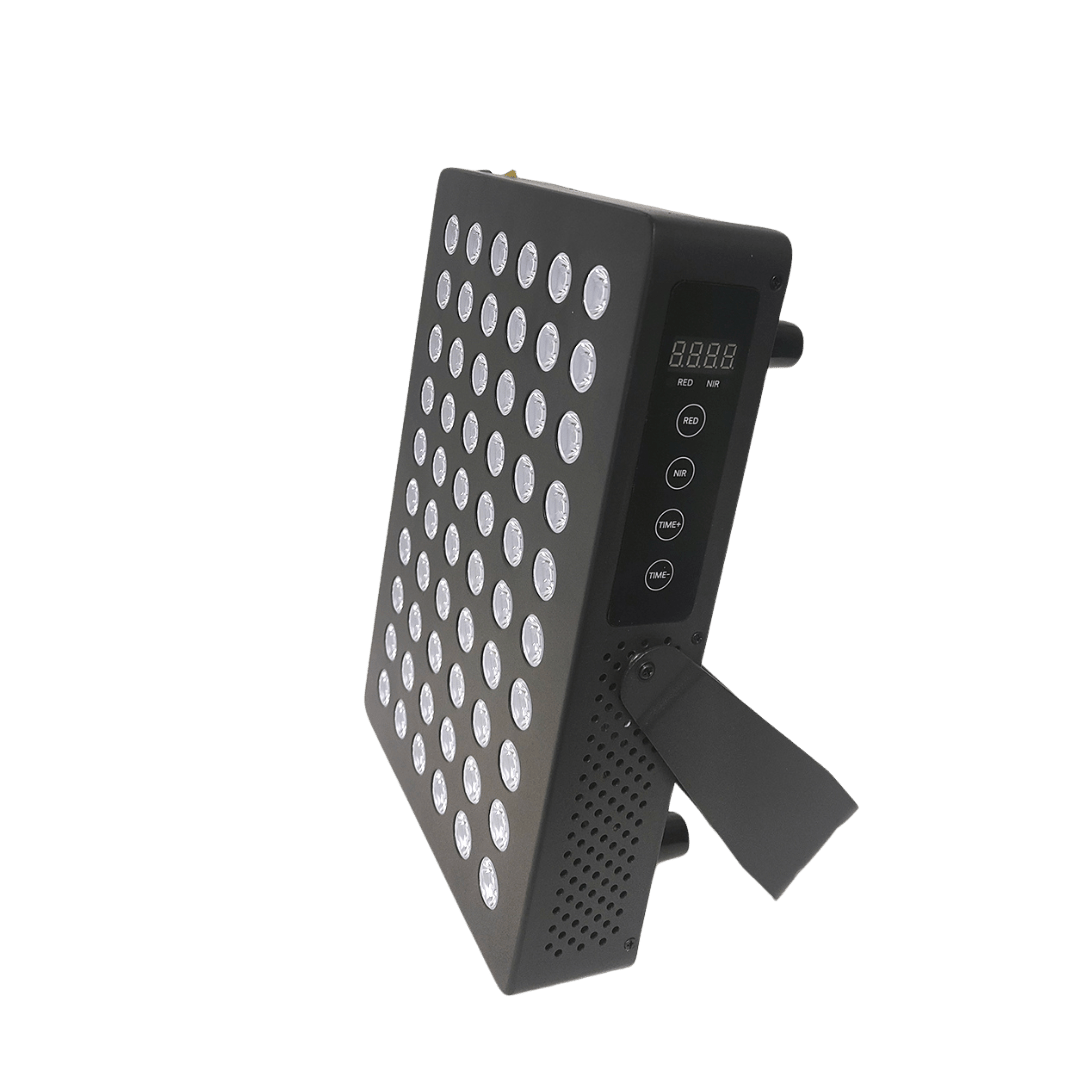
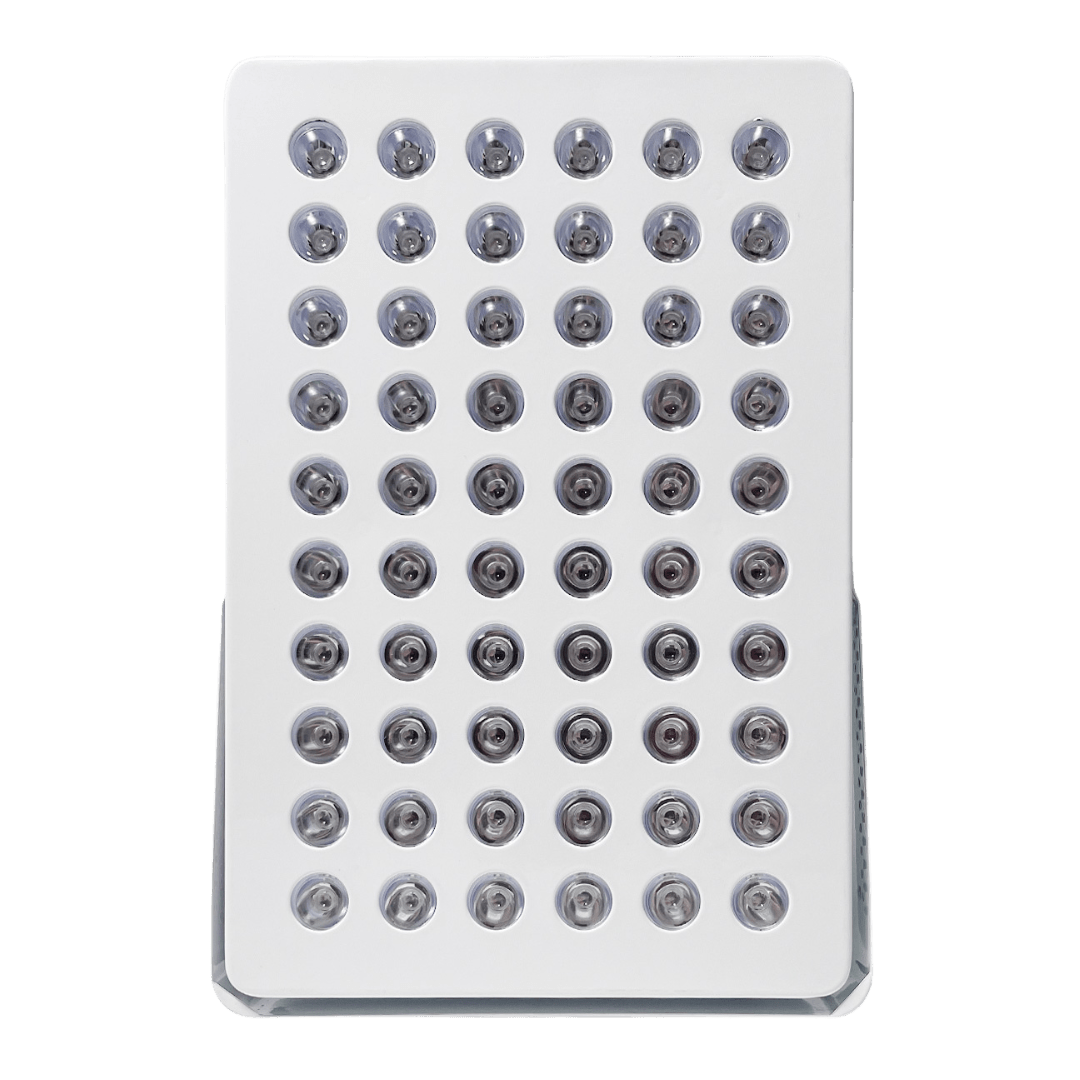
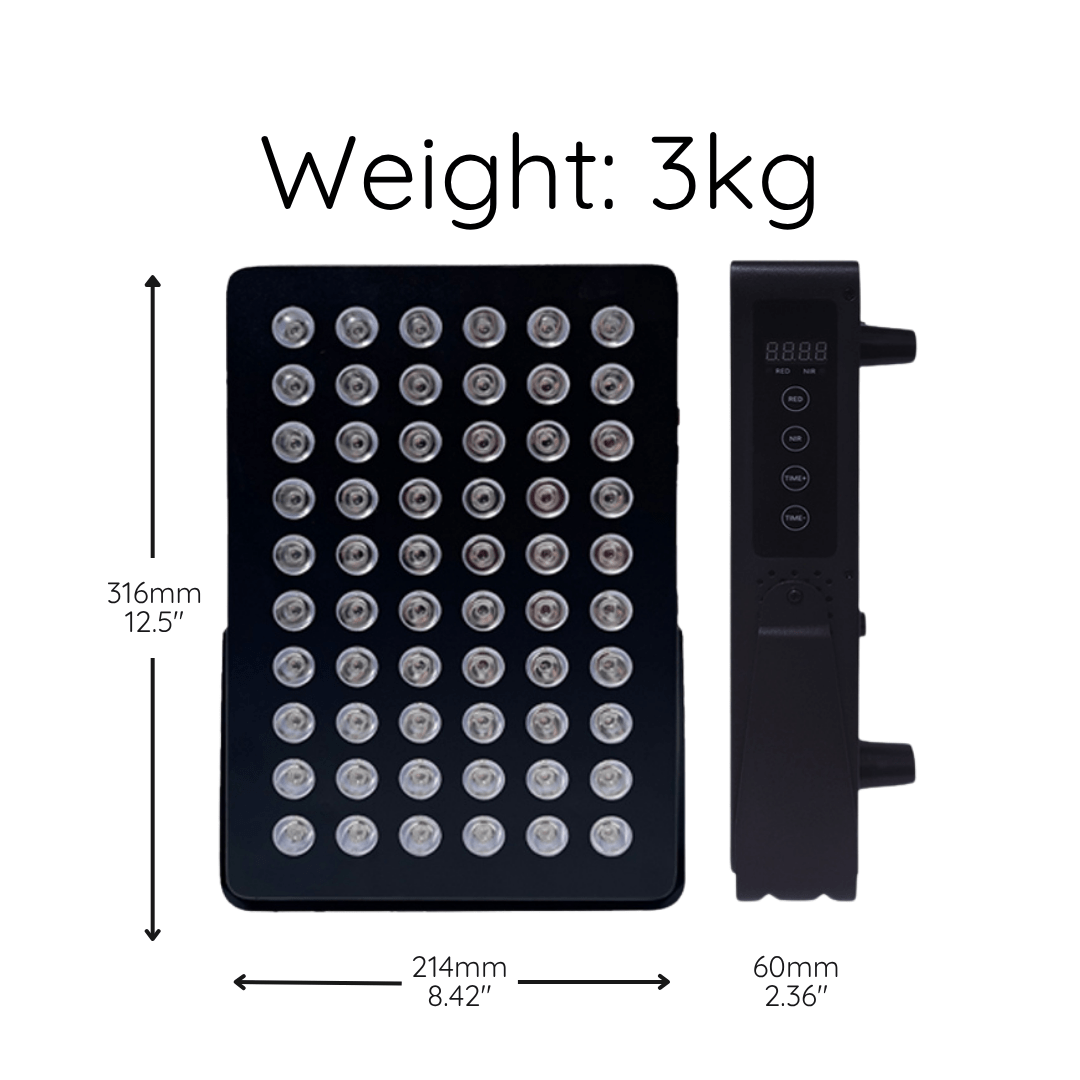
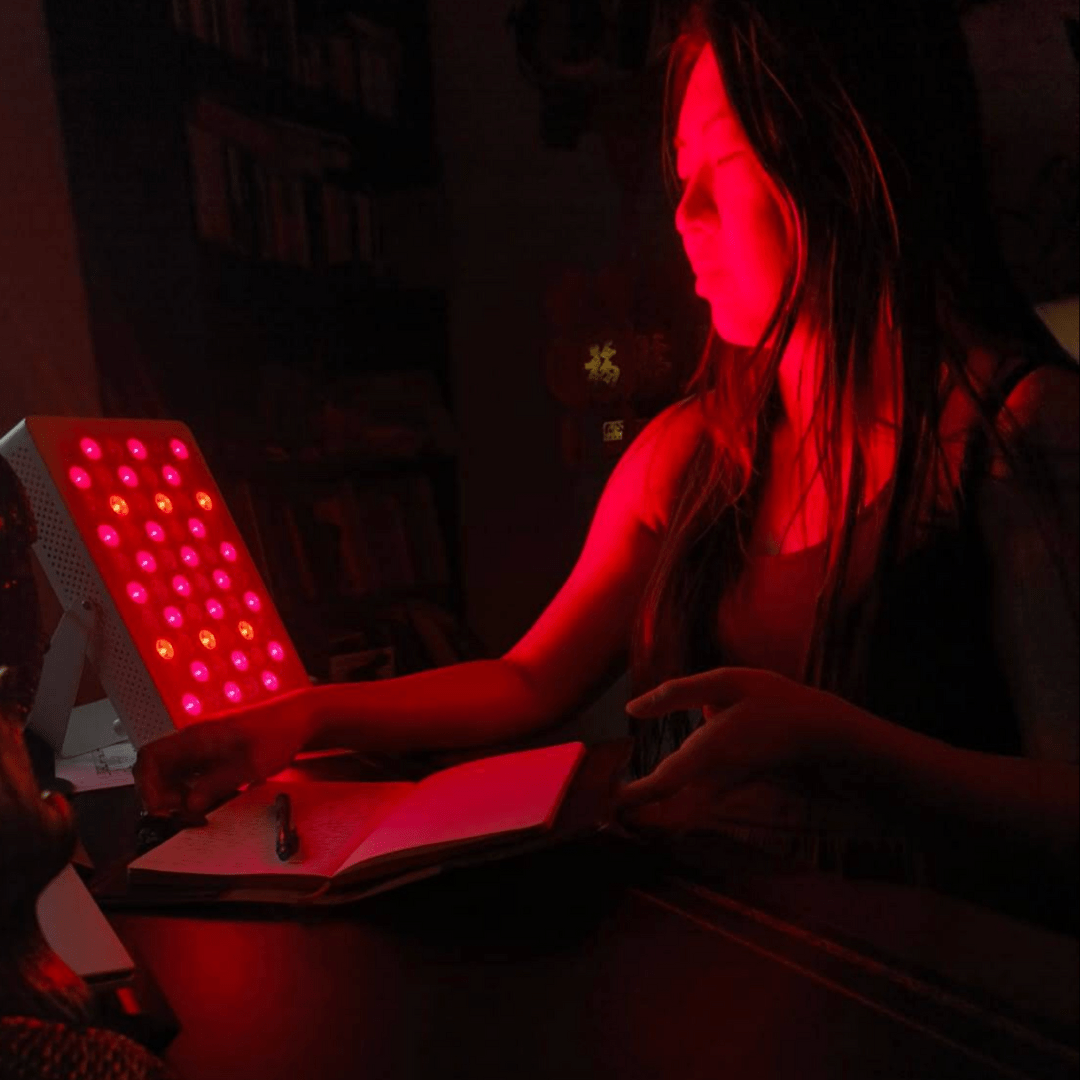
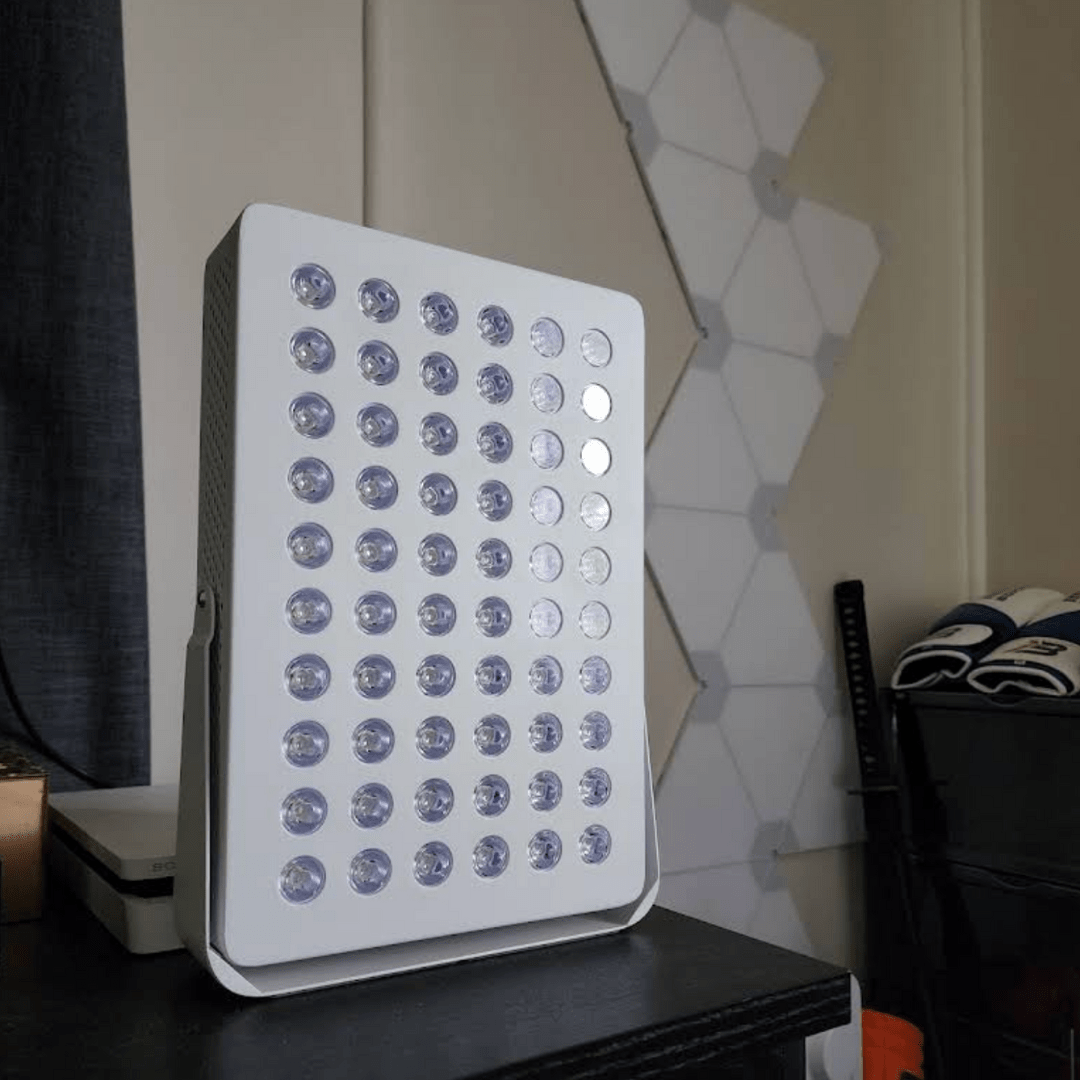
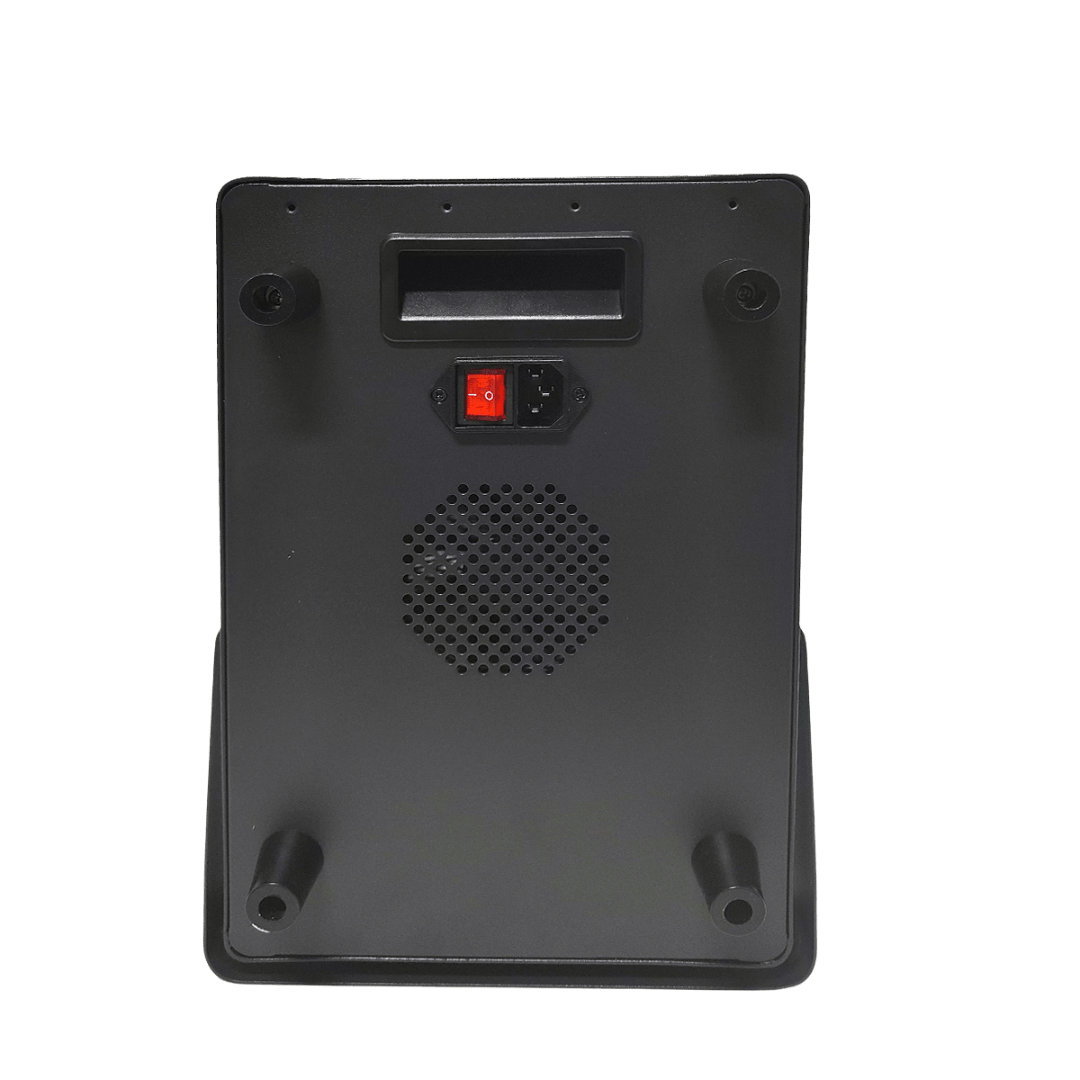
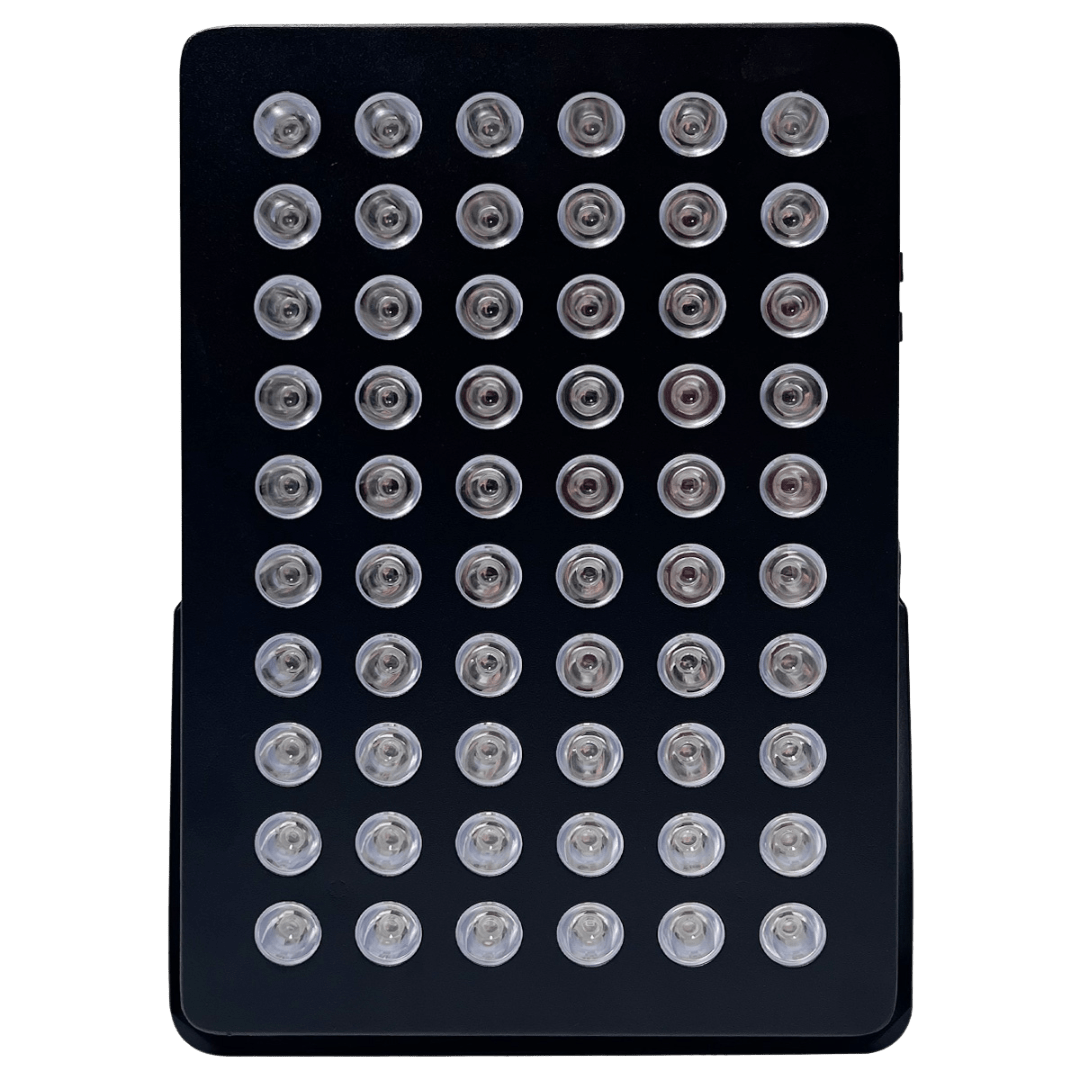
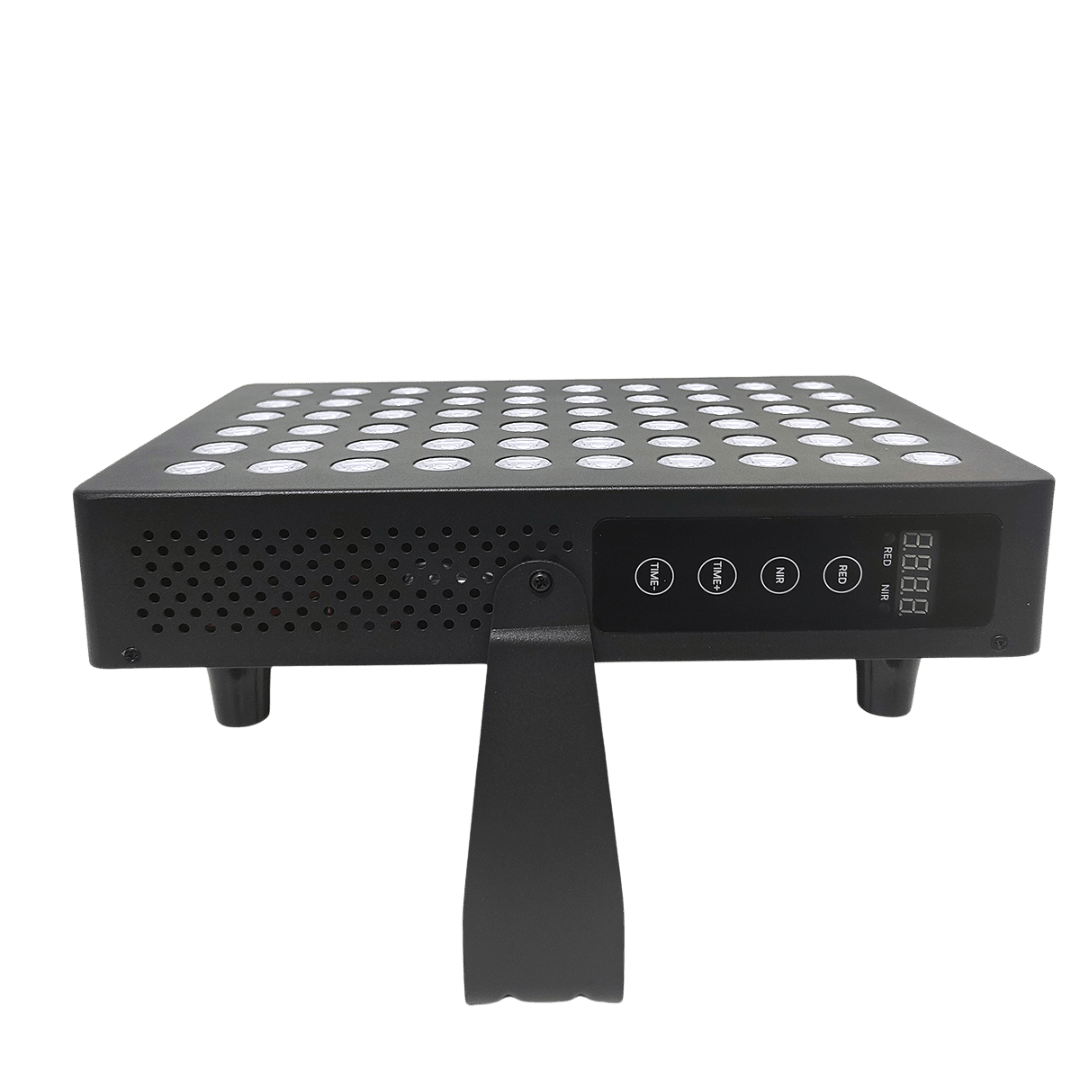

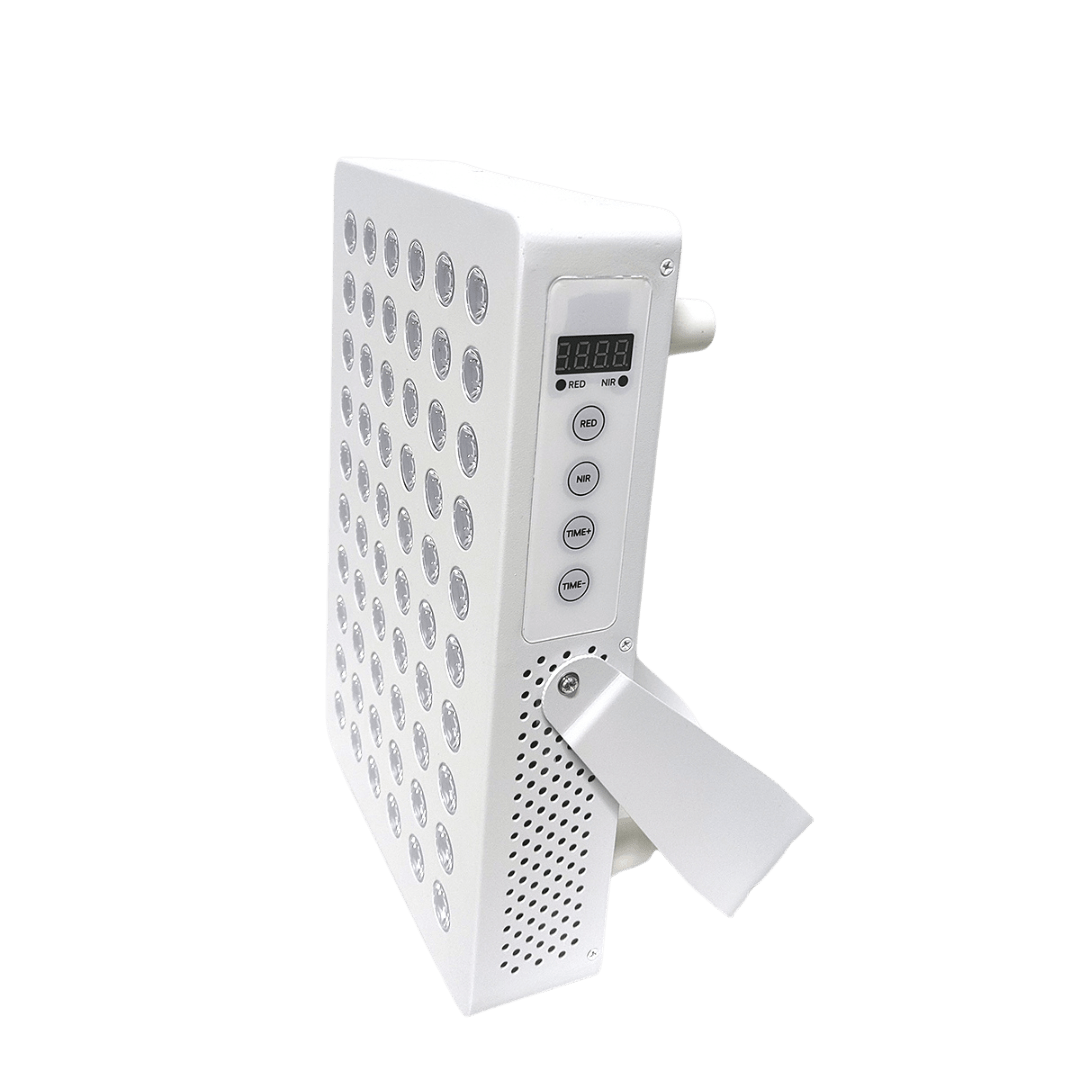
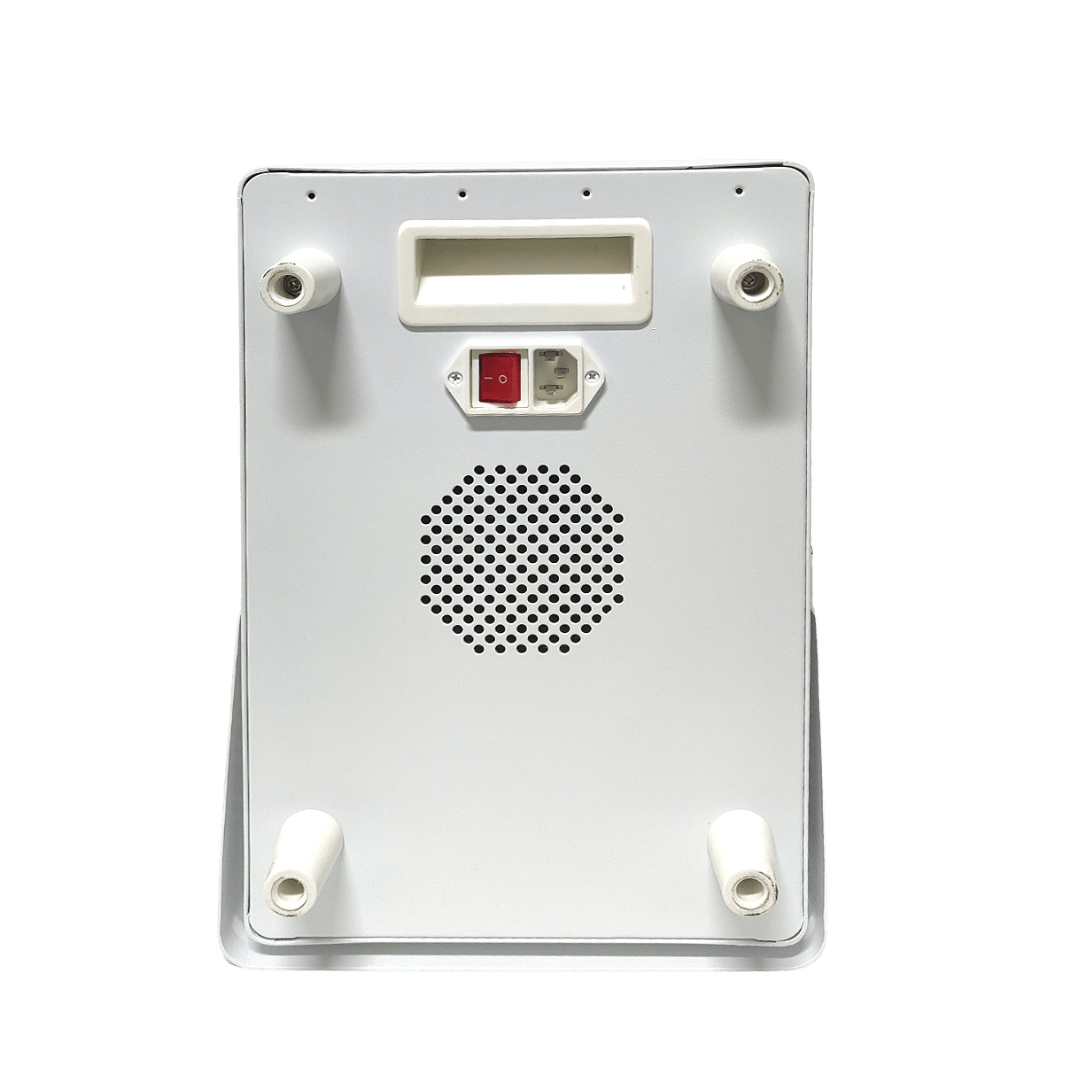
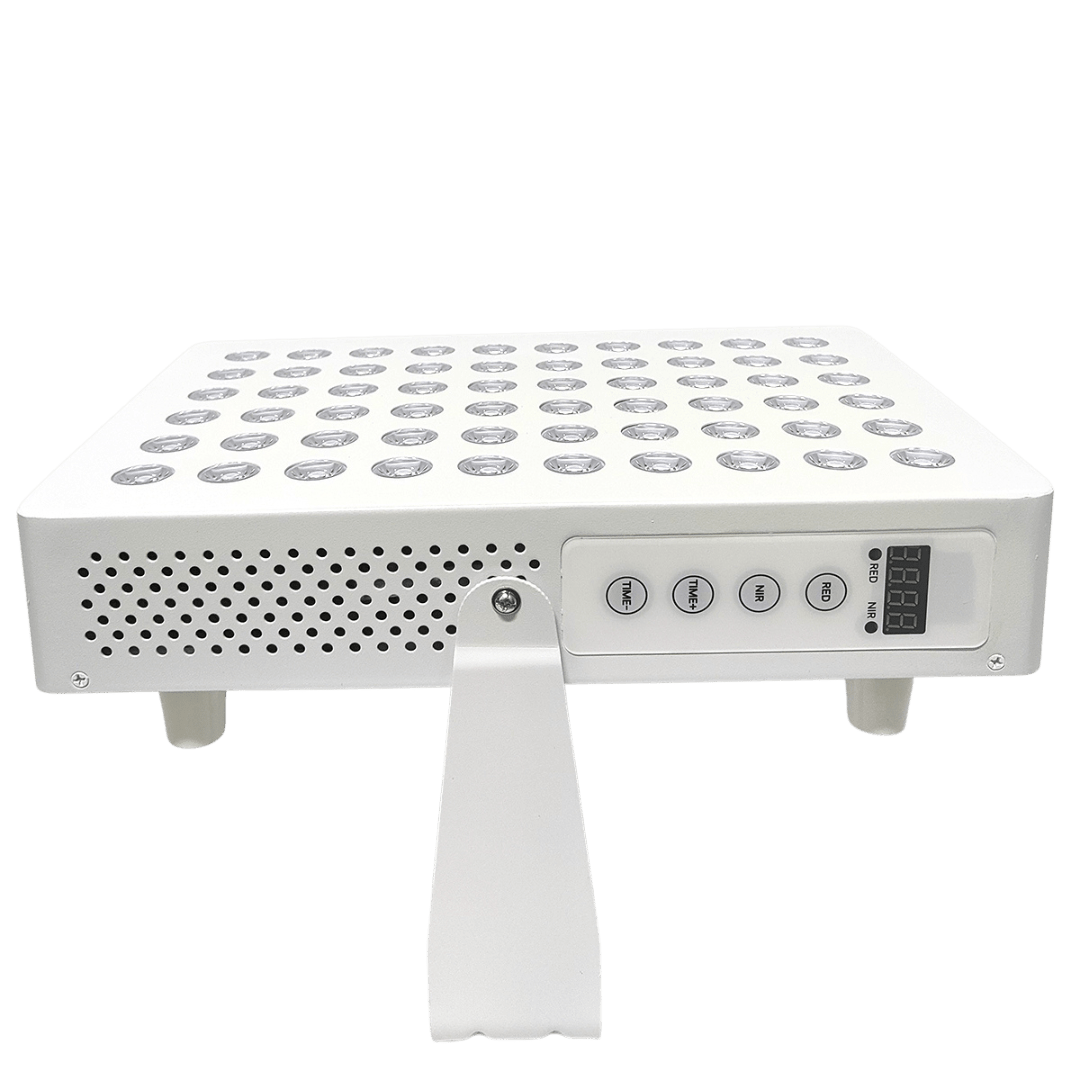
How red light therapy works³
Red light therapy works by exposing the skin to red and near-infrared light which is absorbed by the mitochondria (the "powerhouse" of cells), stimulating self-rejuvenation by boosting our natural repair mechanisms.
Longer wavelengths, like the red and near-infrared (NIR) used in our devices, can penetrate beneath the skin.
